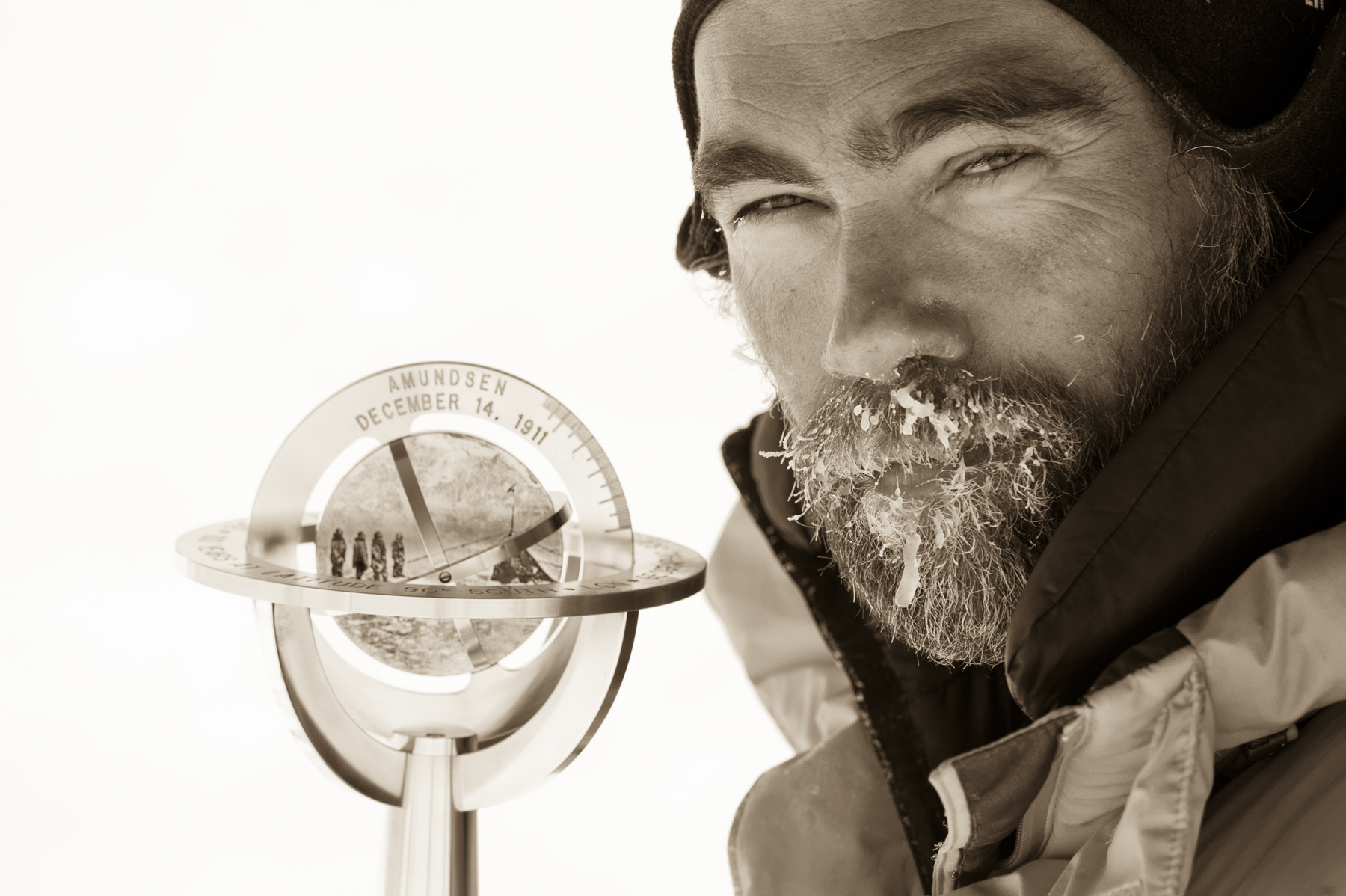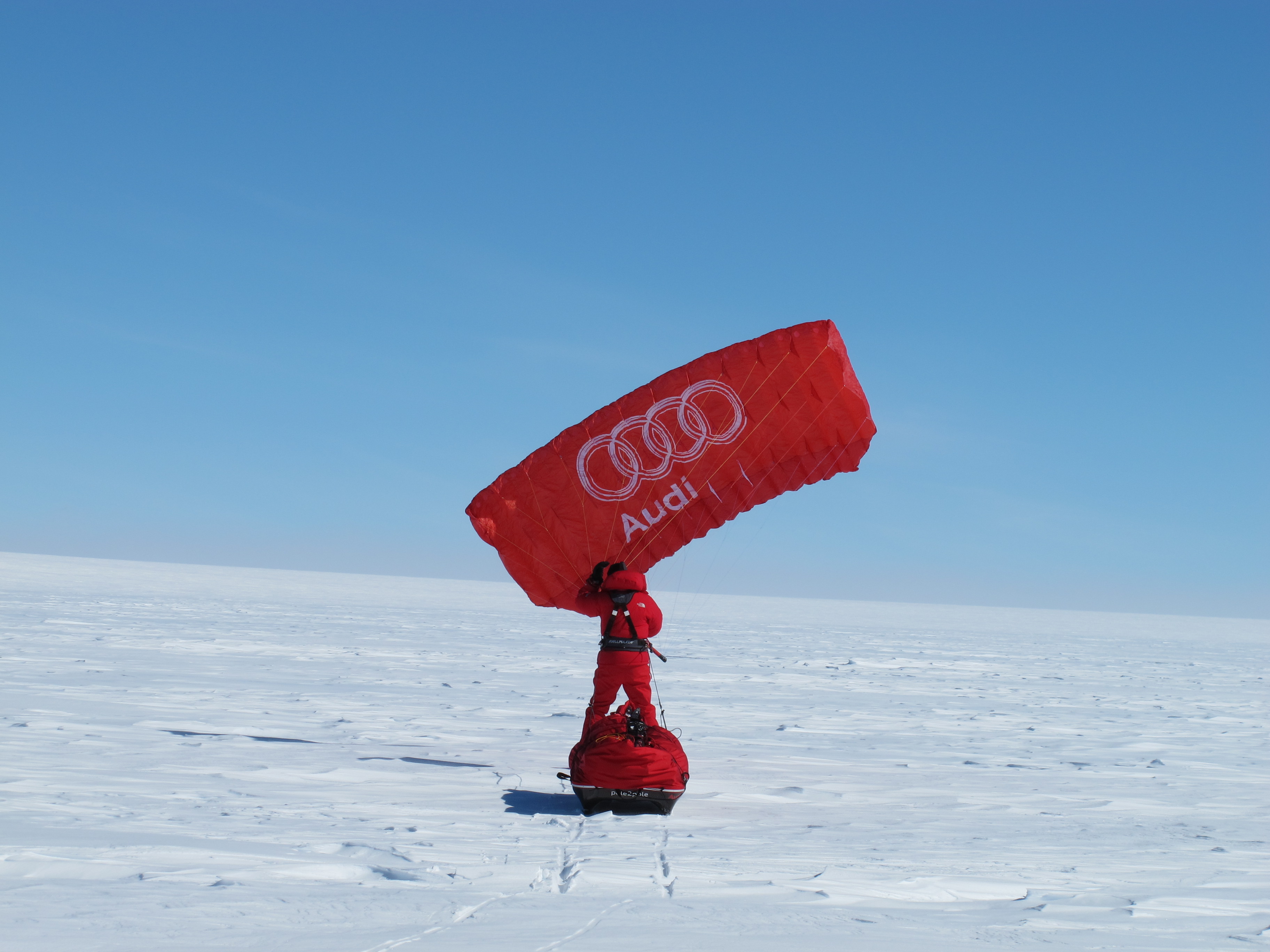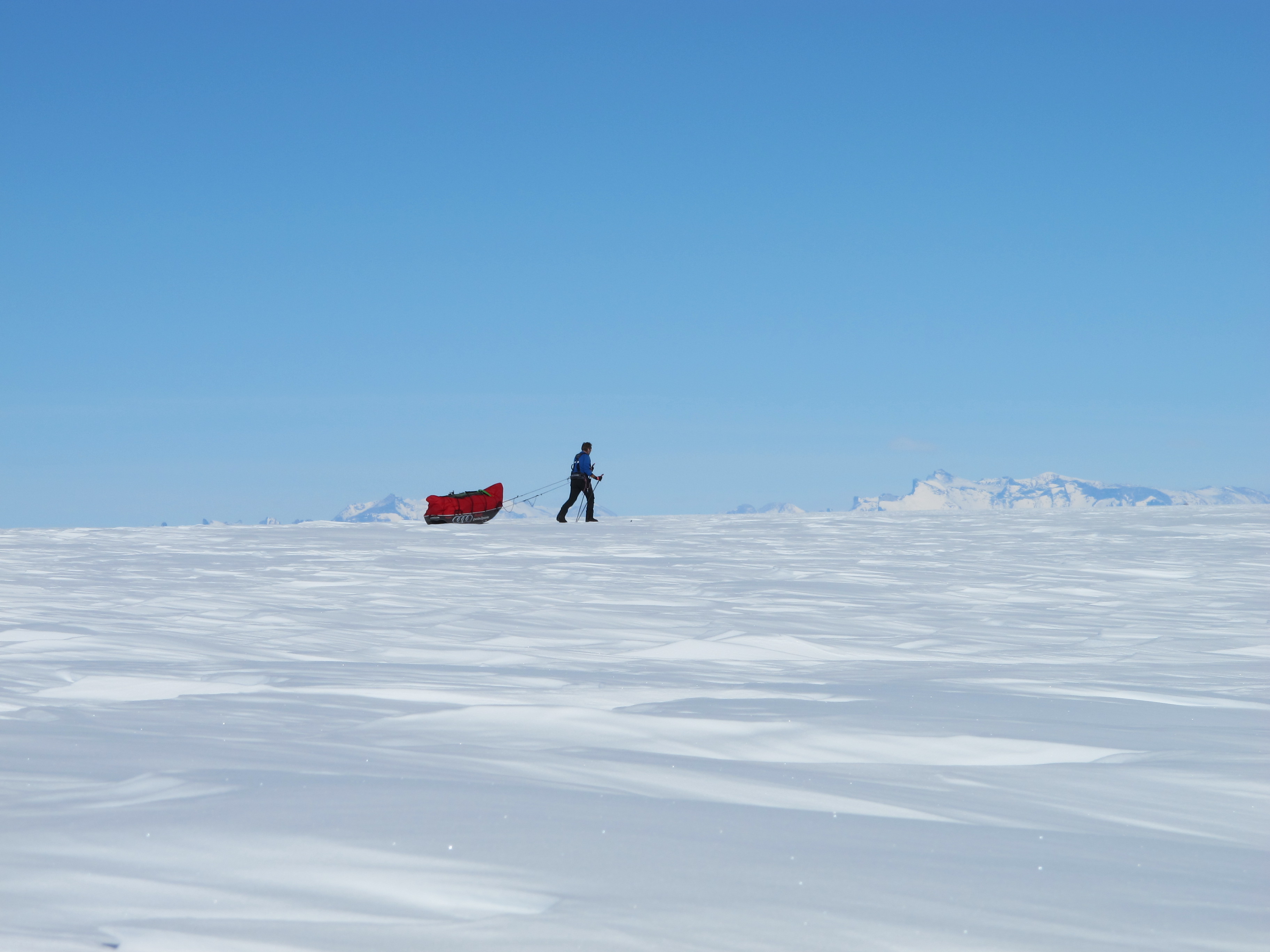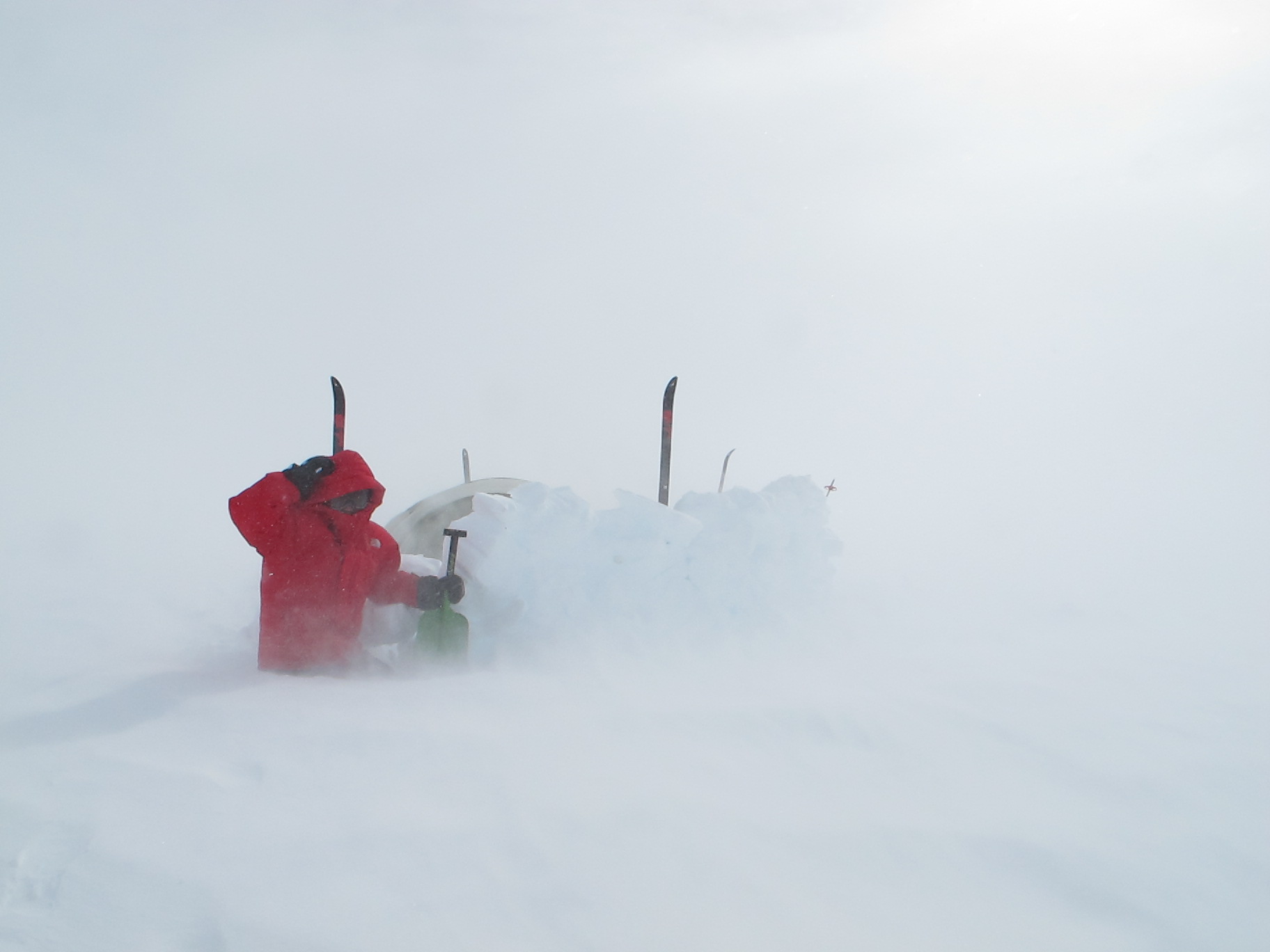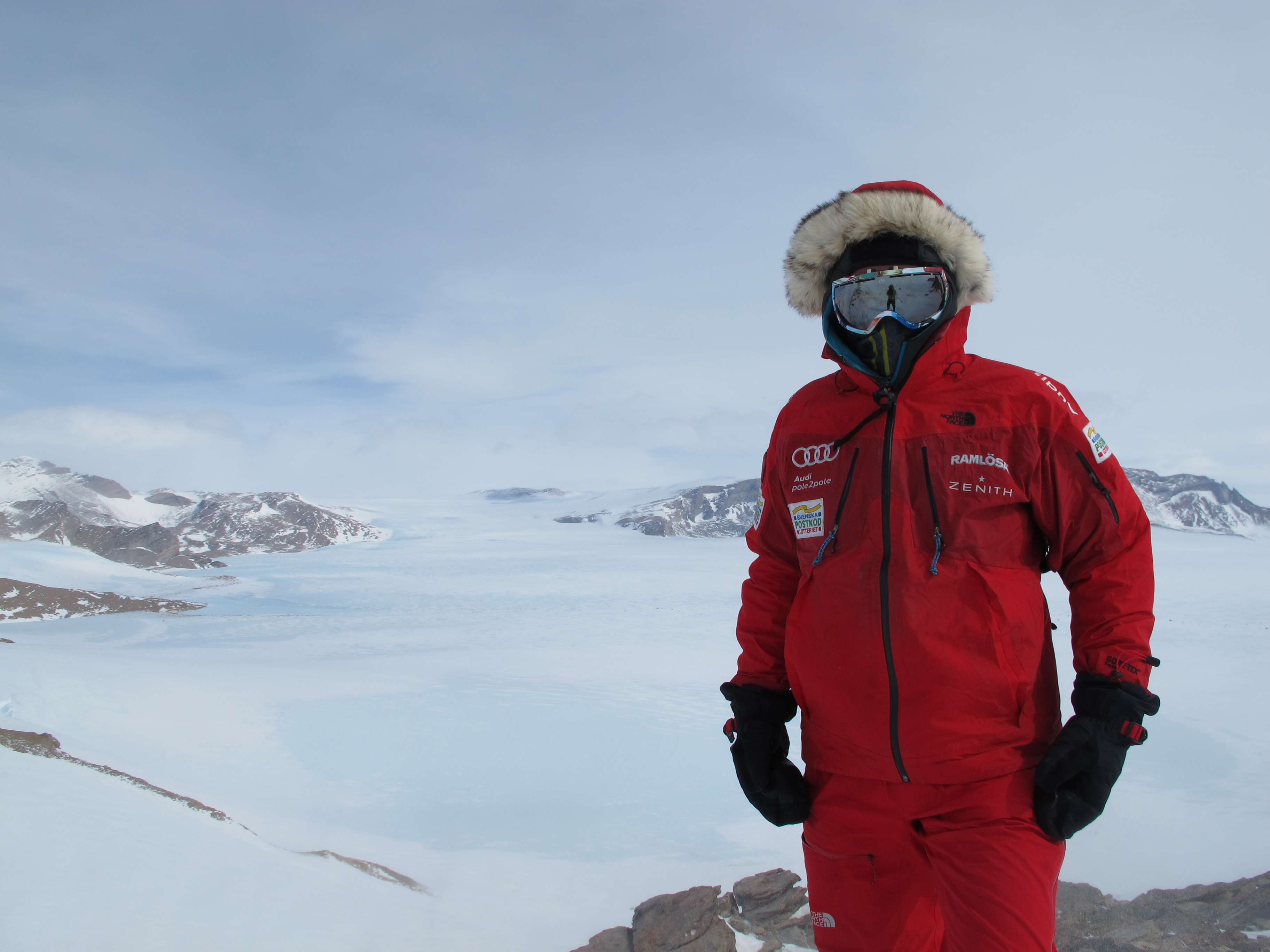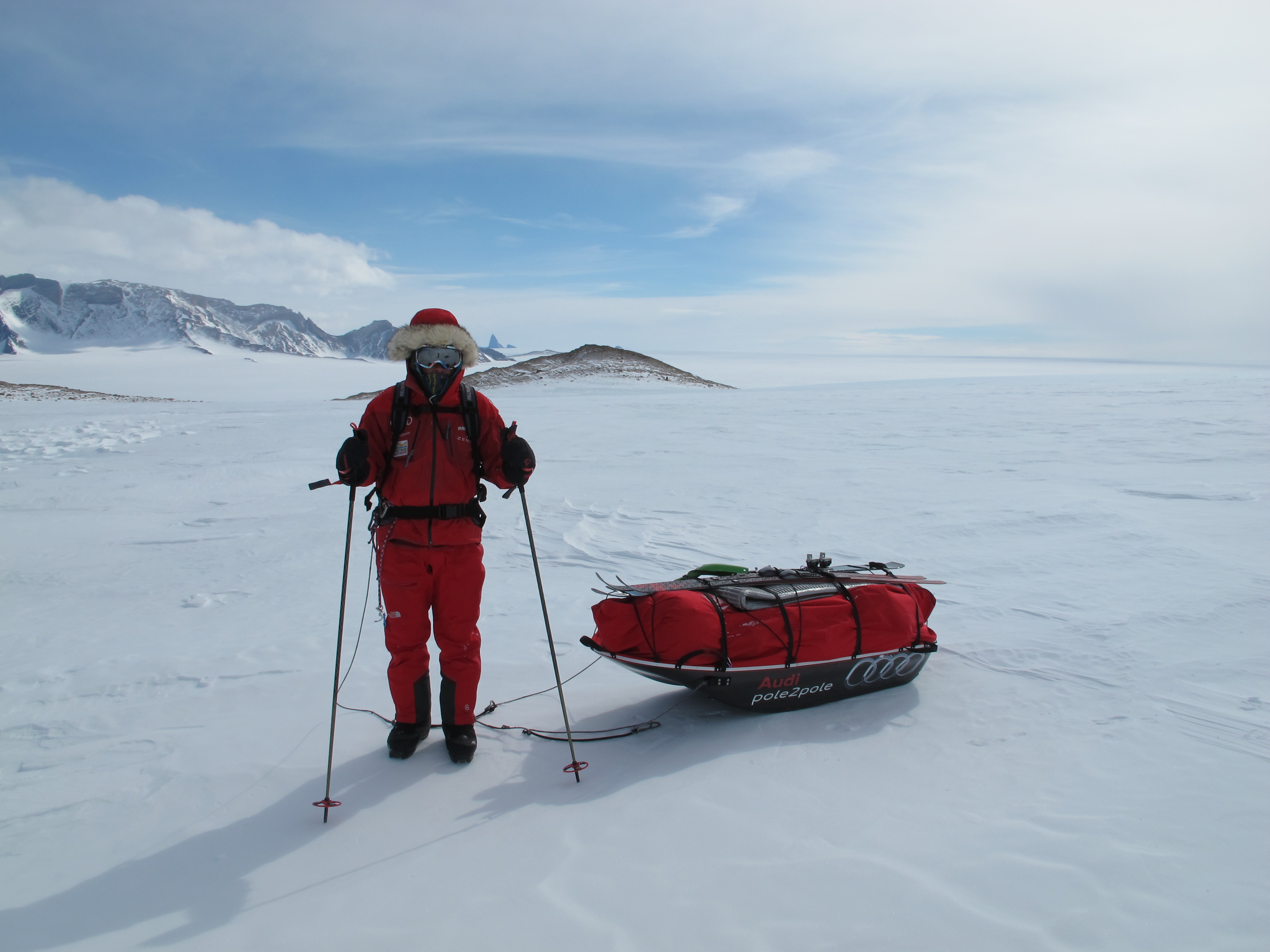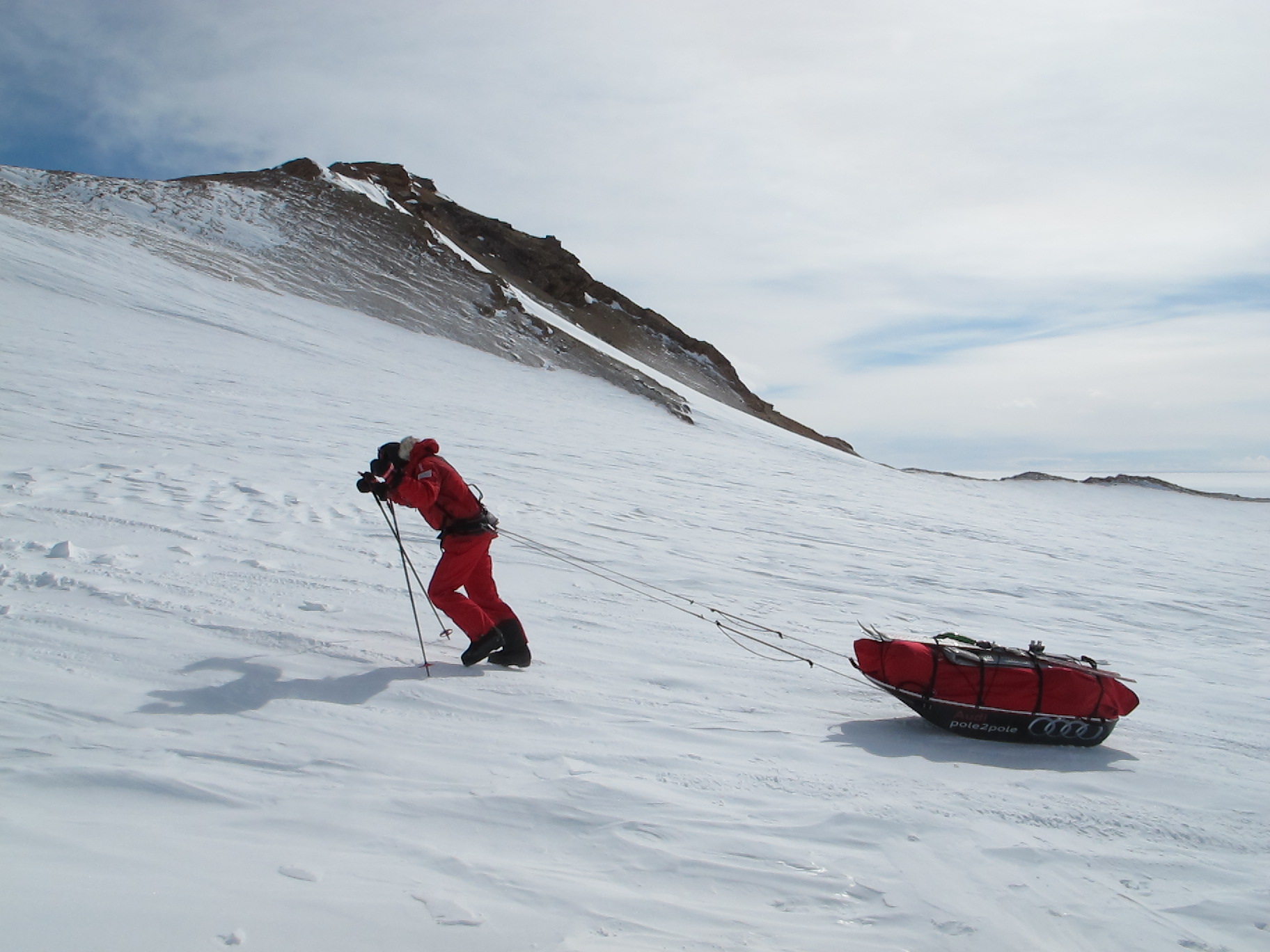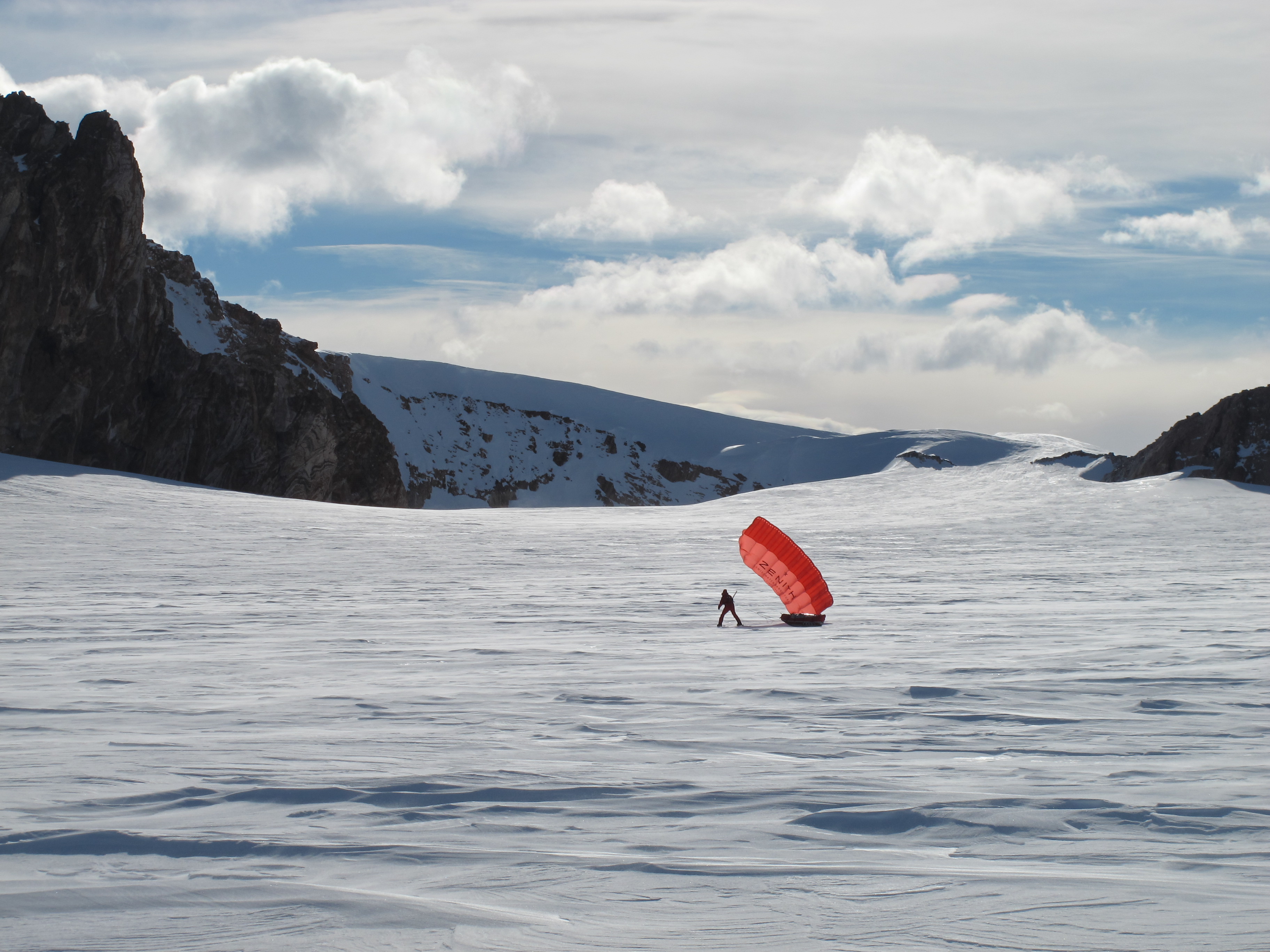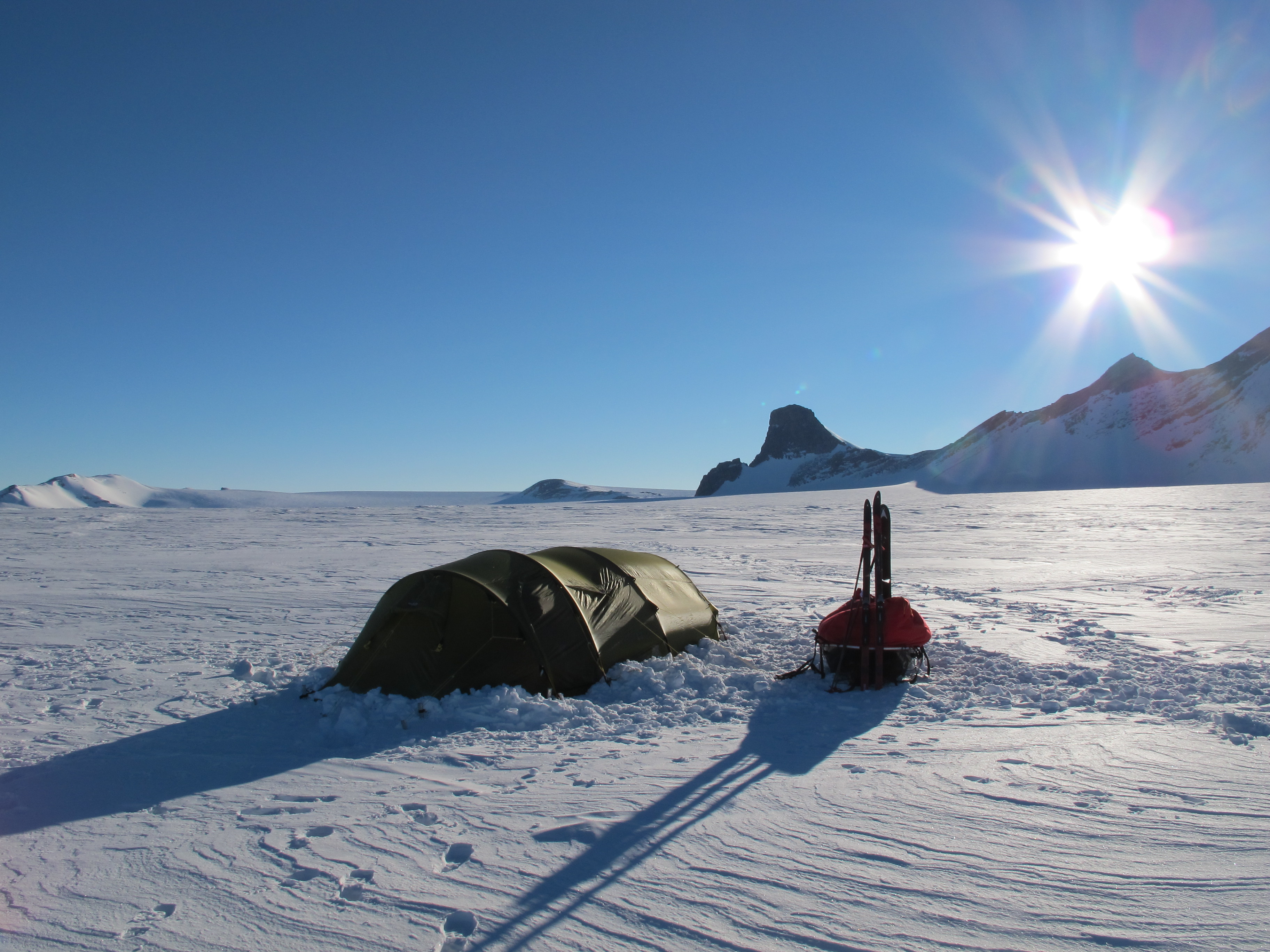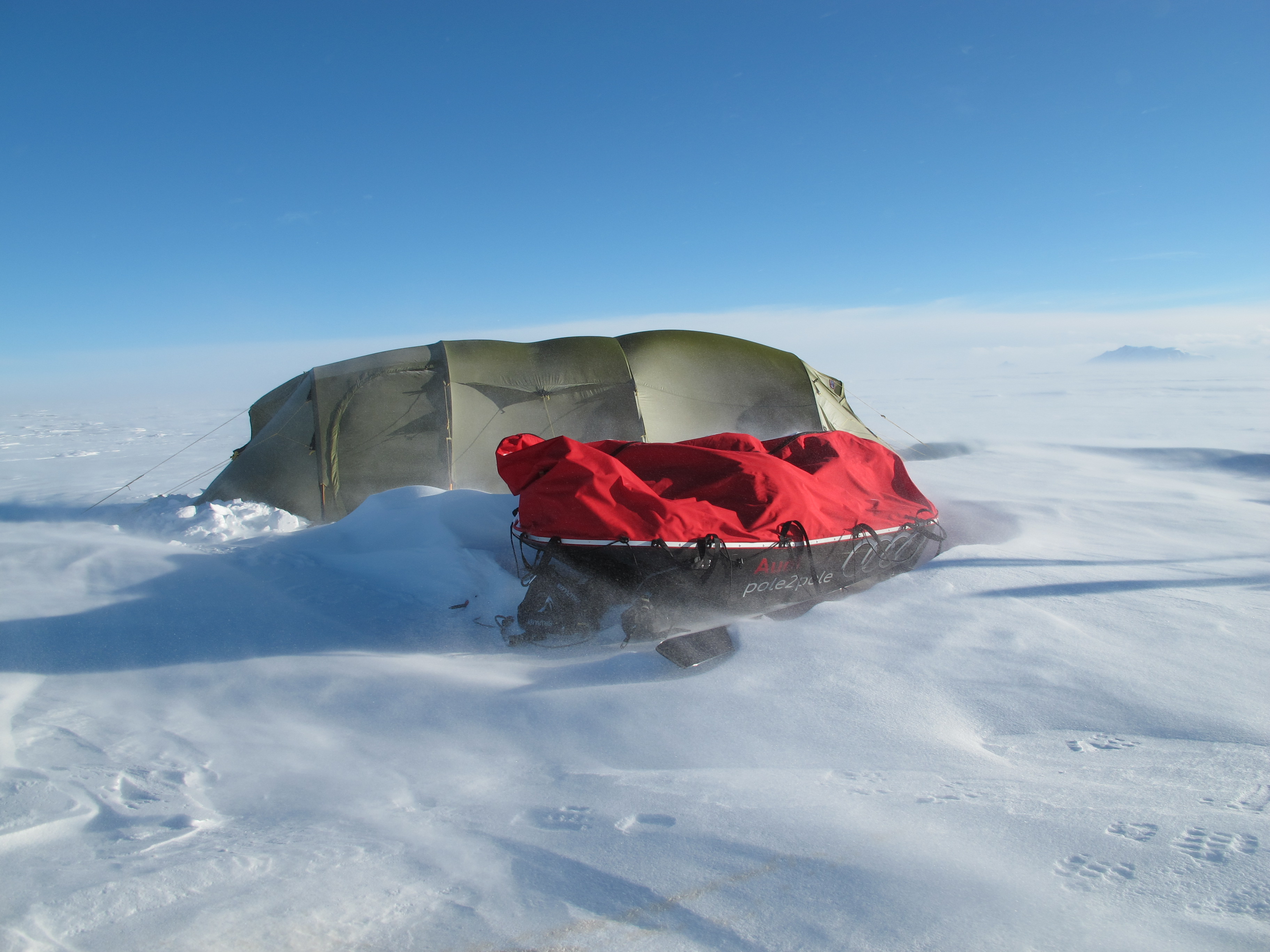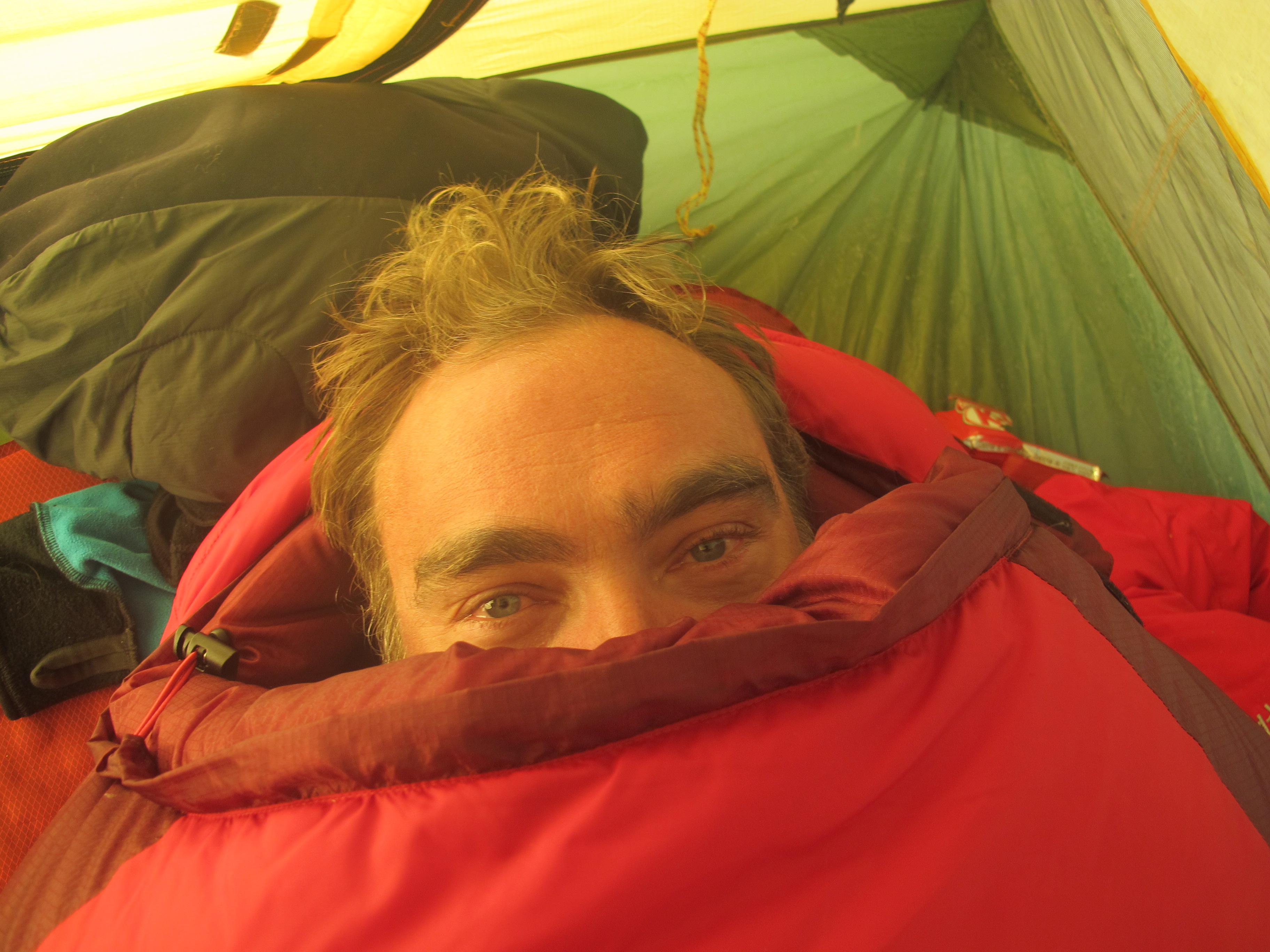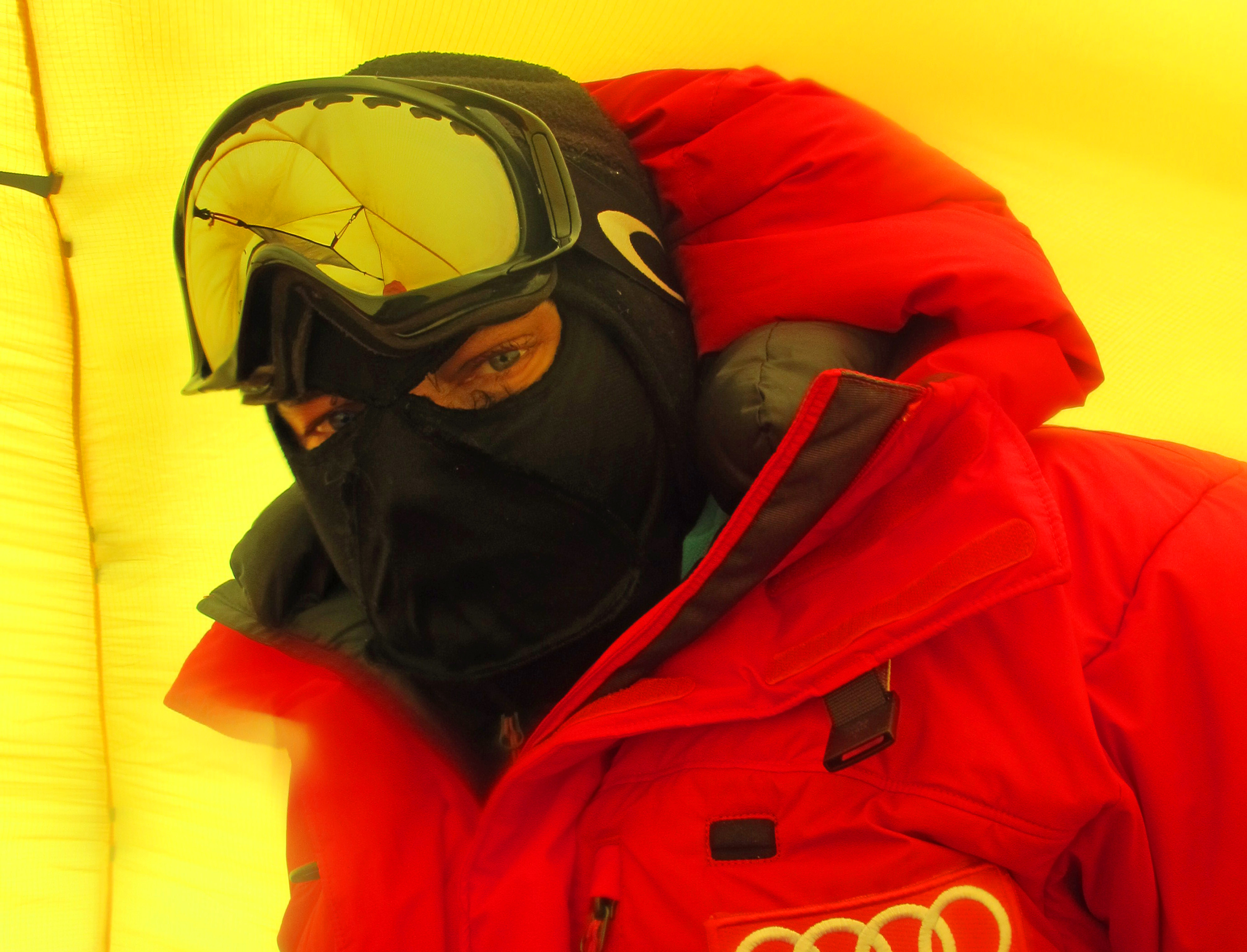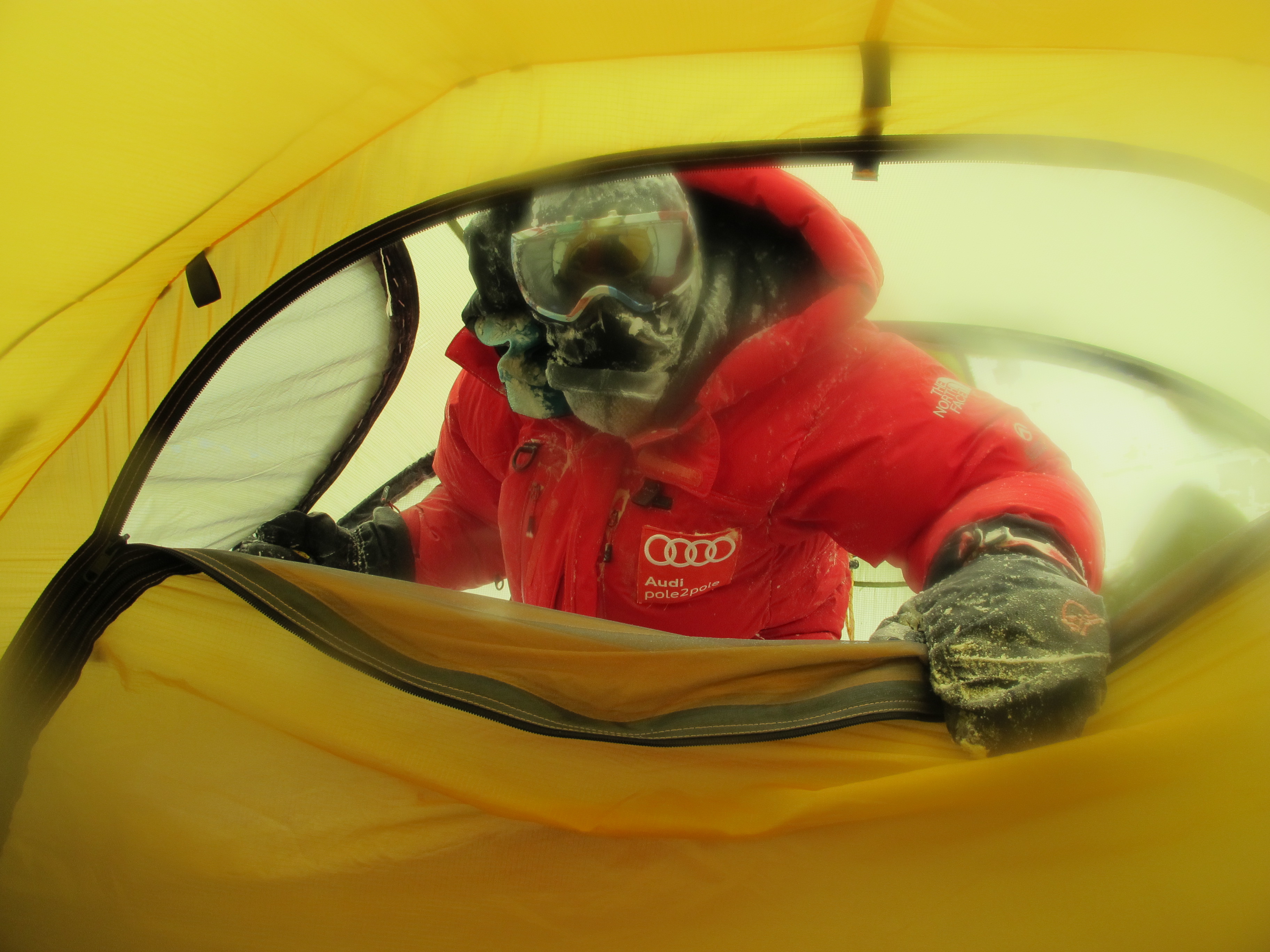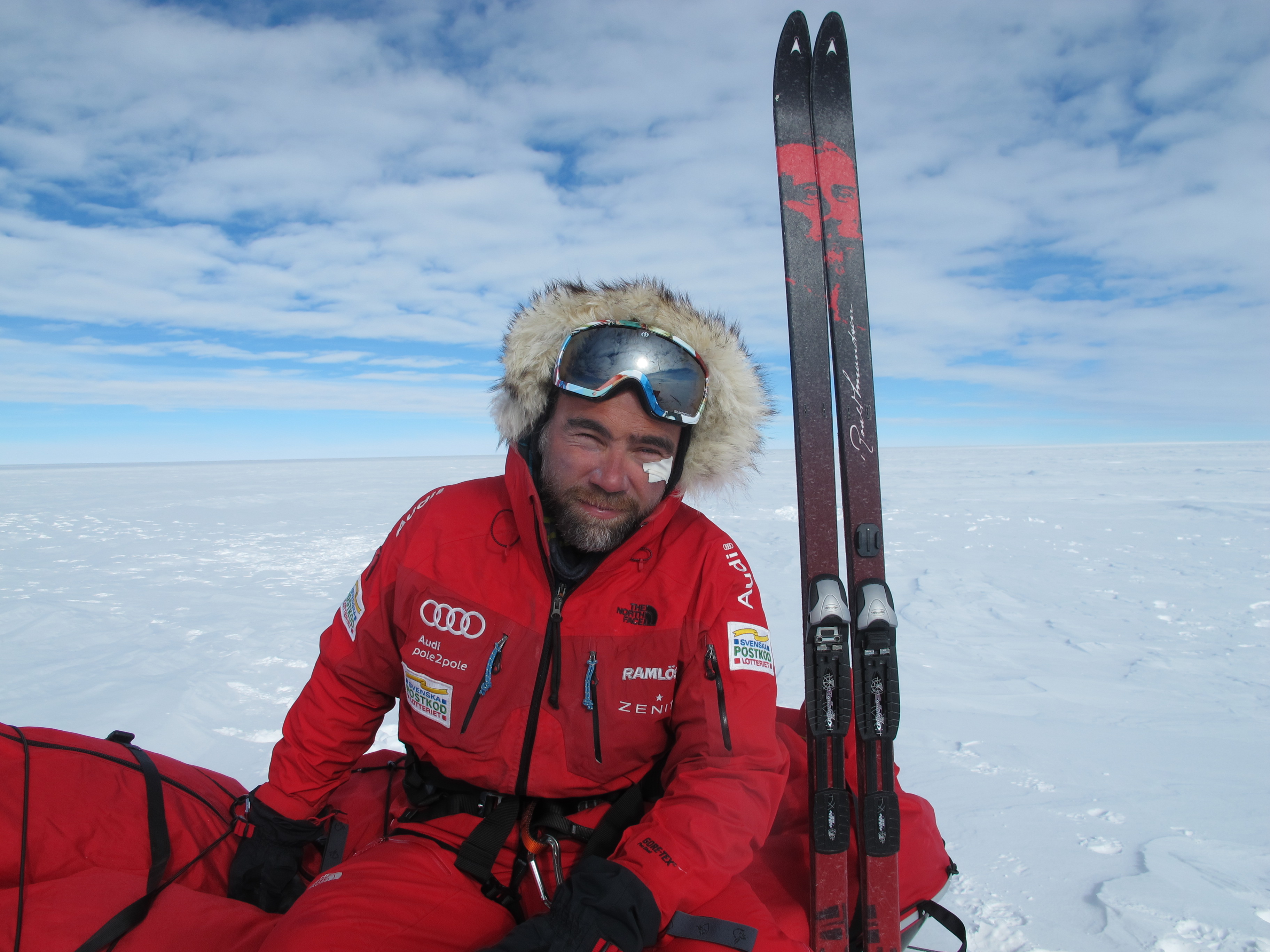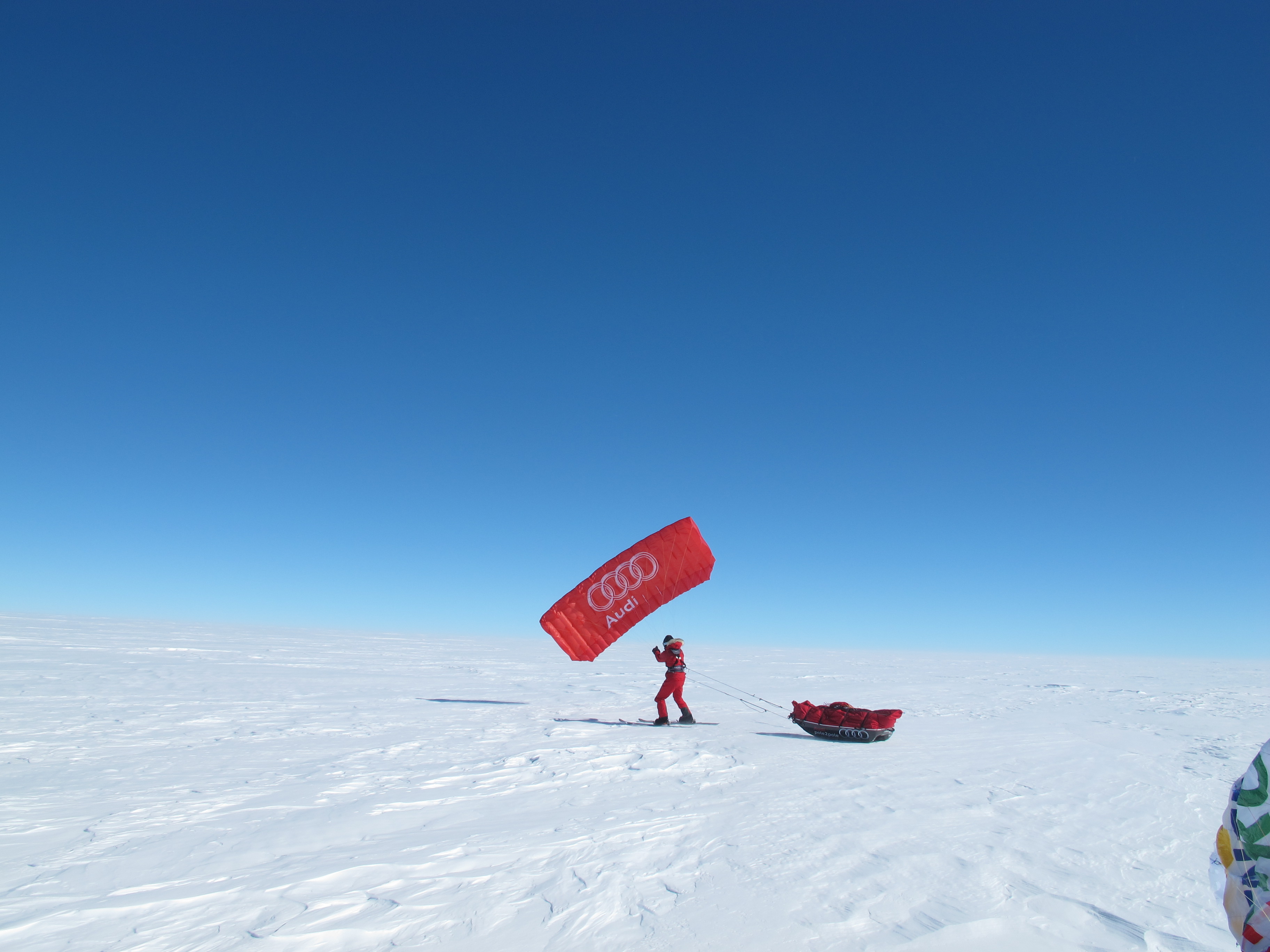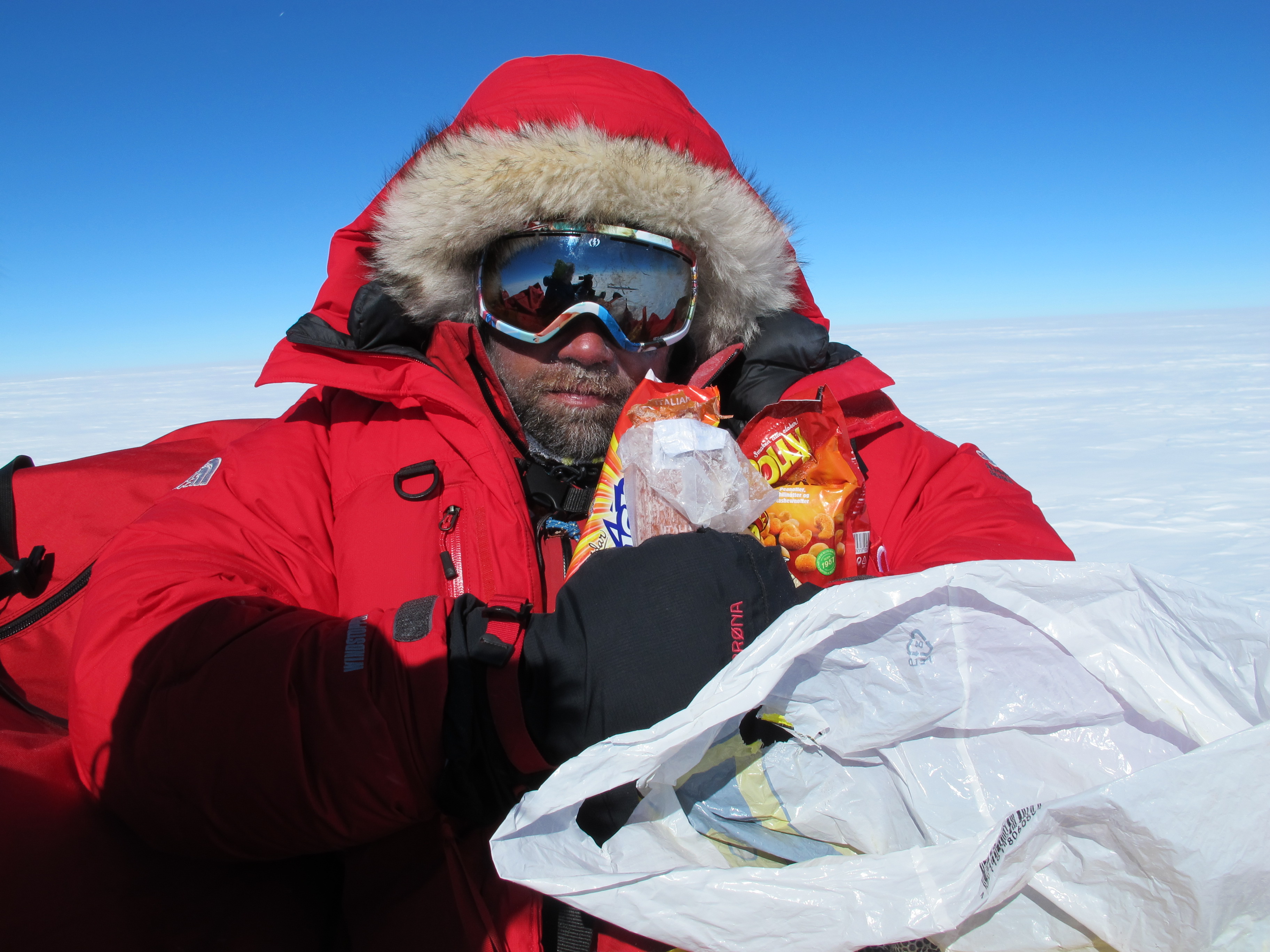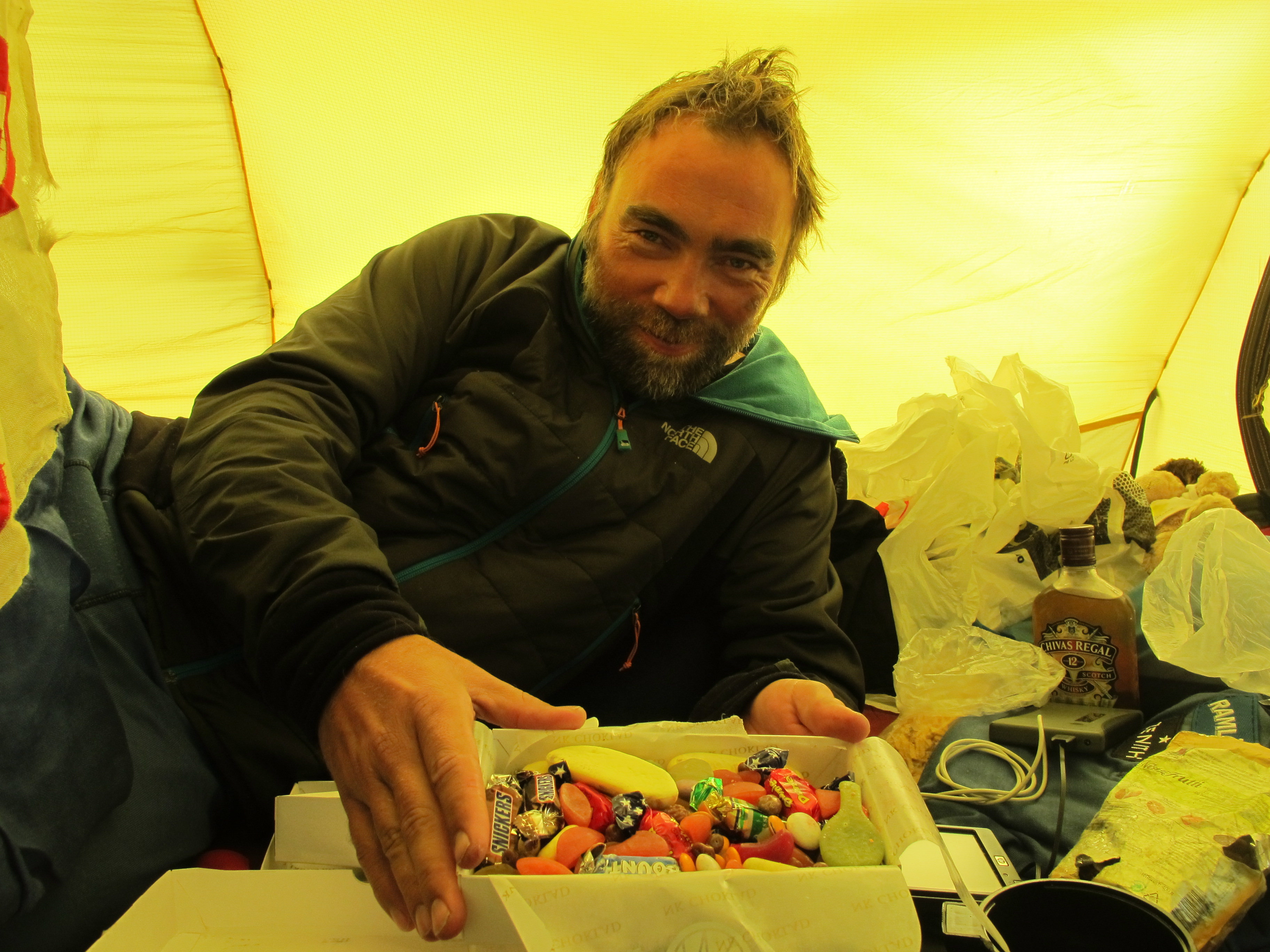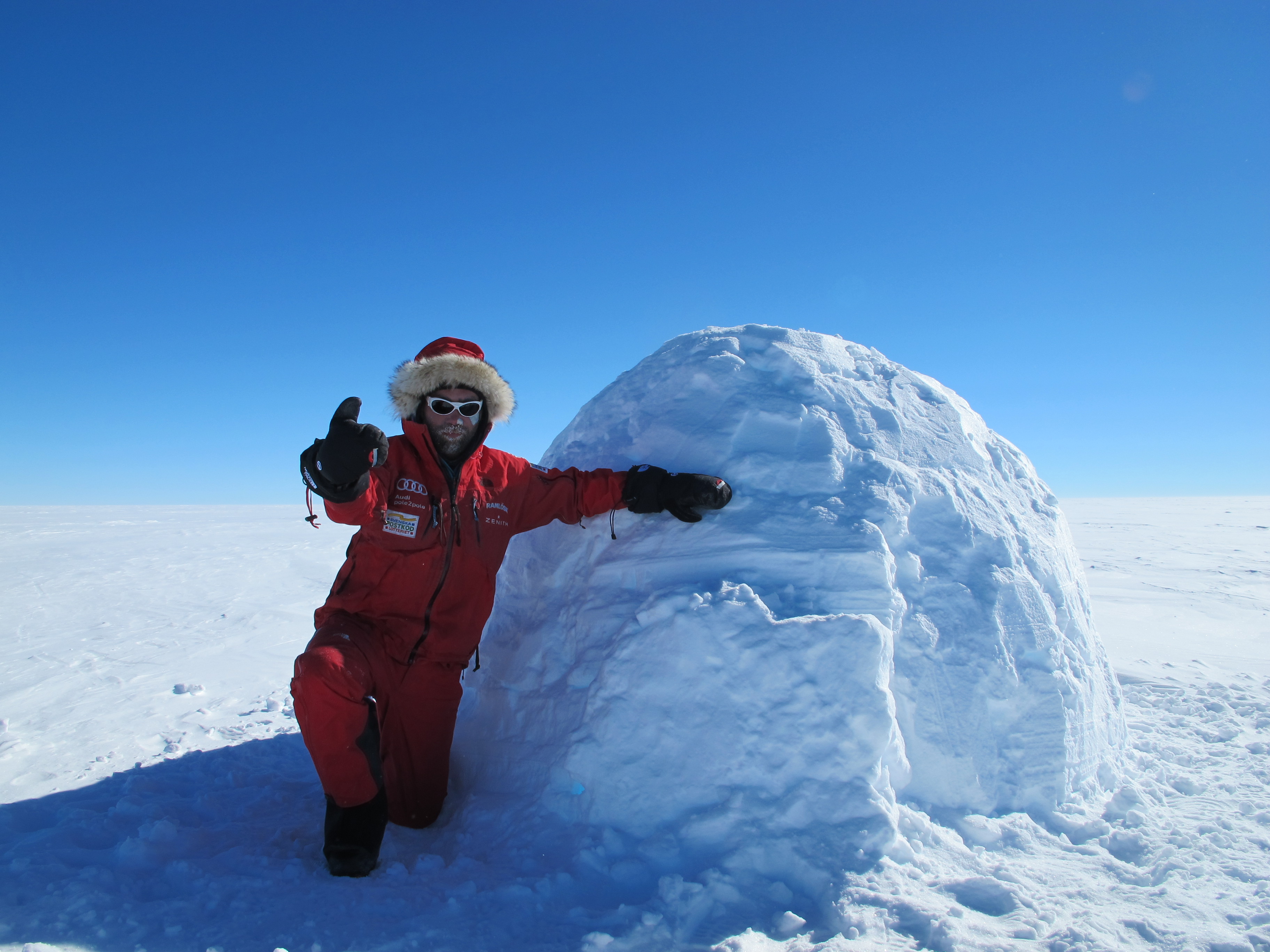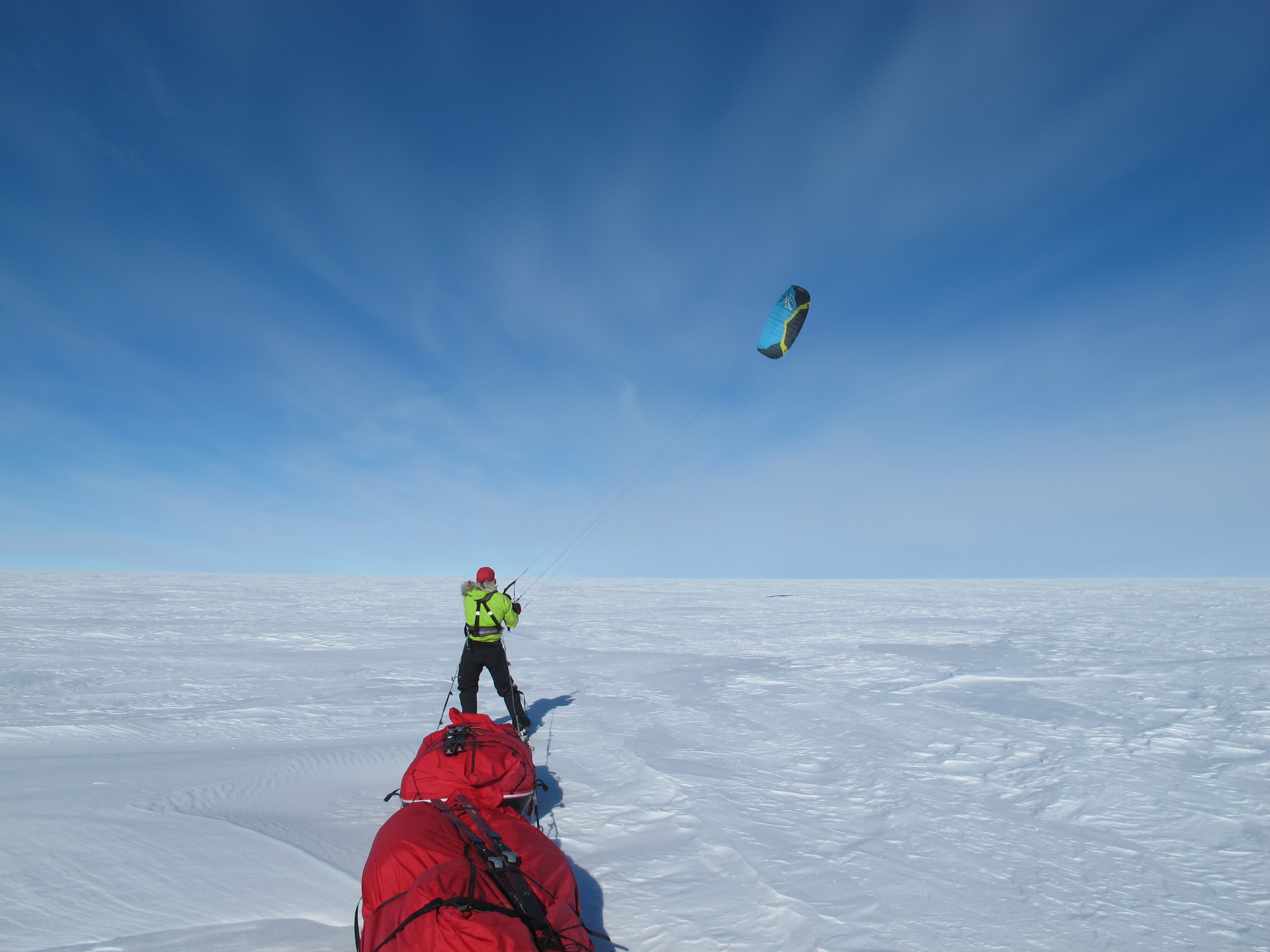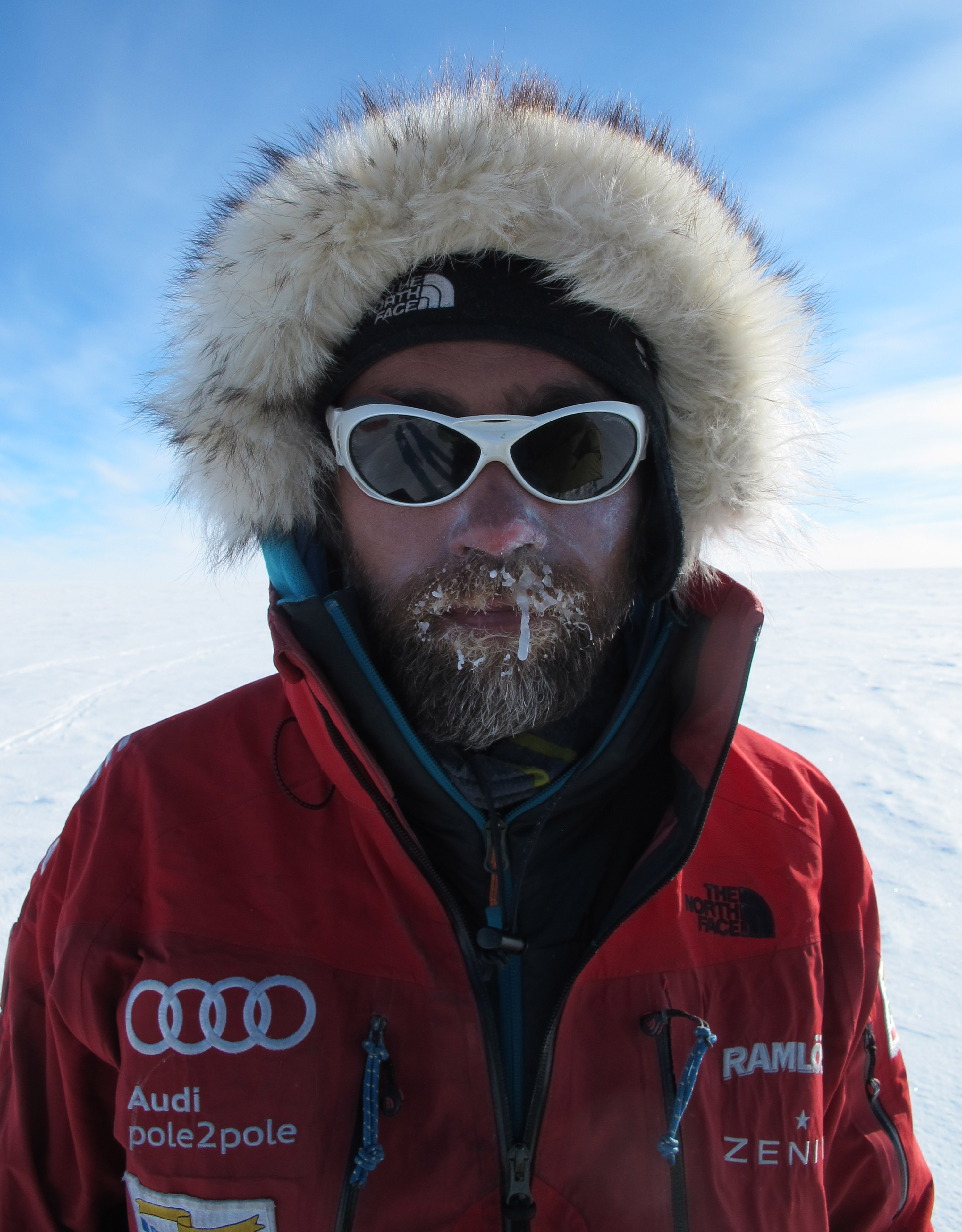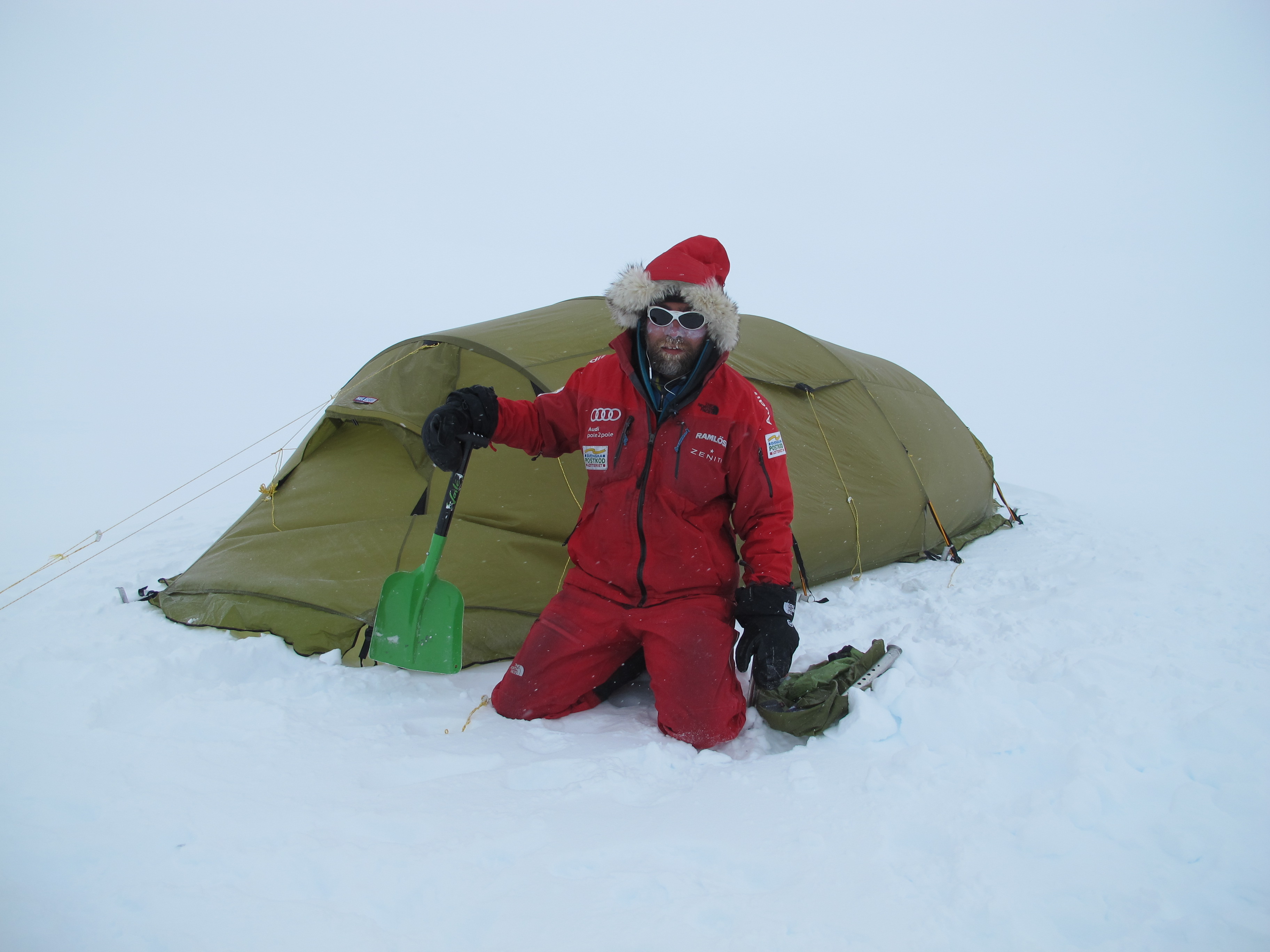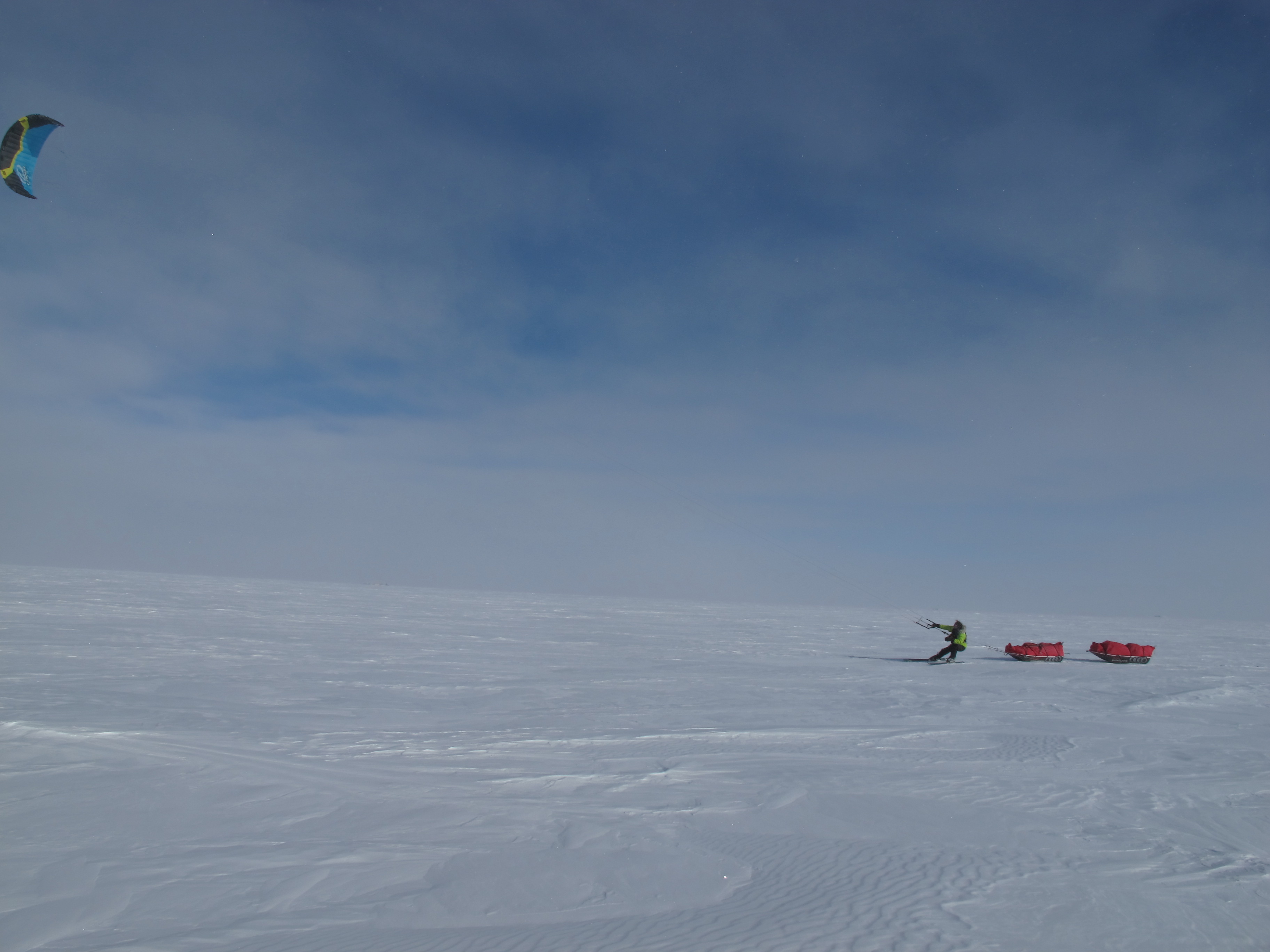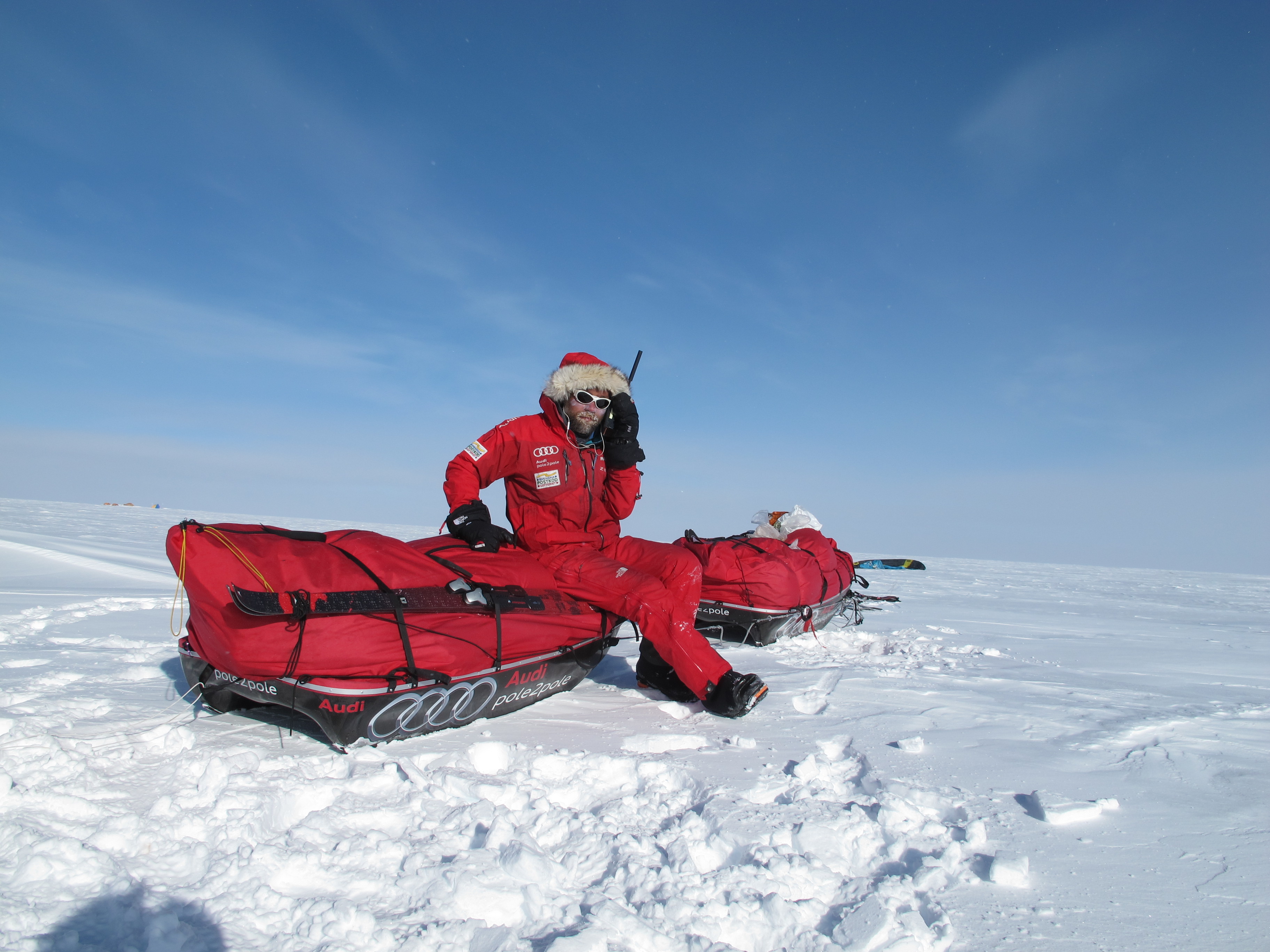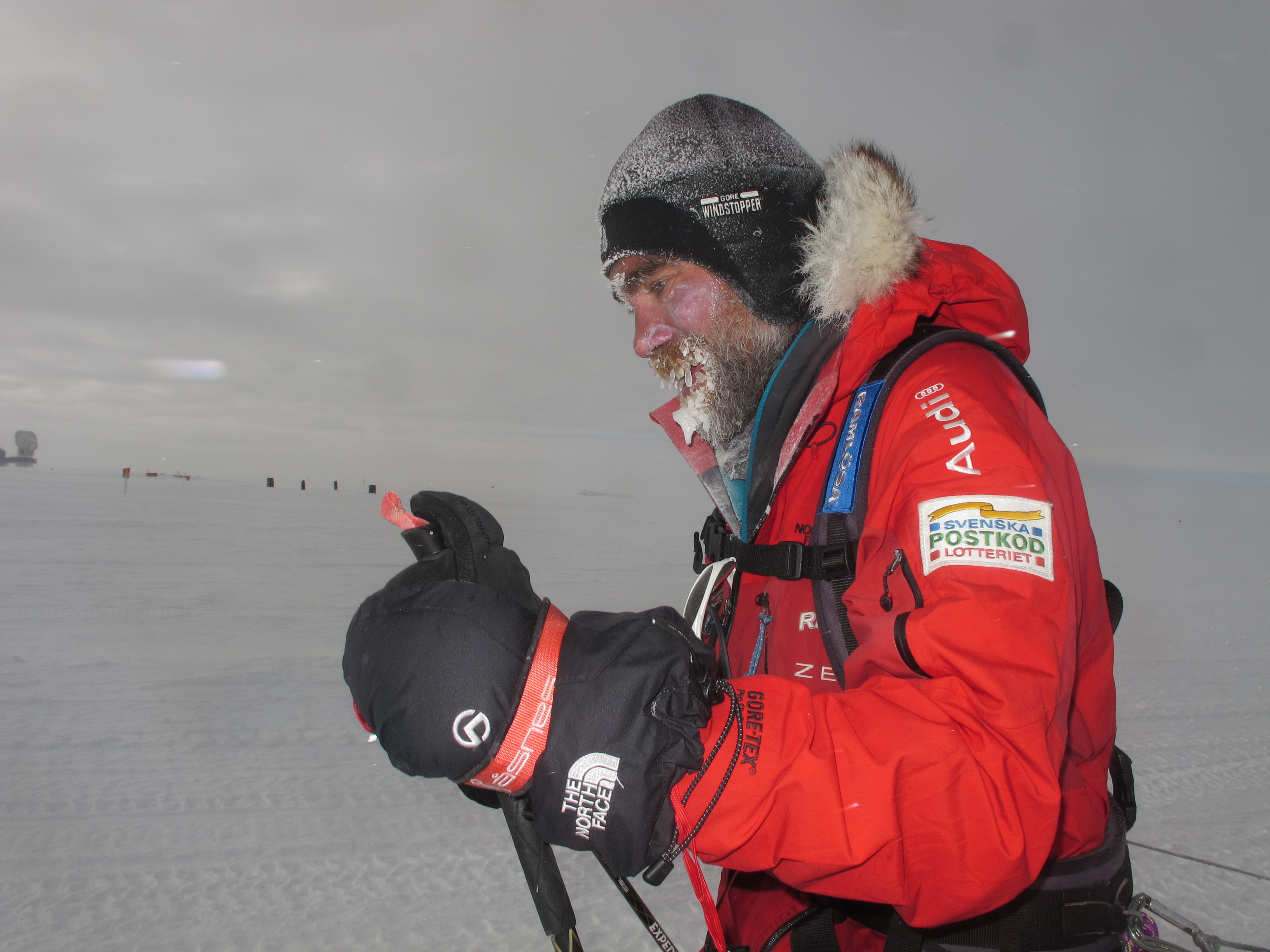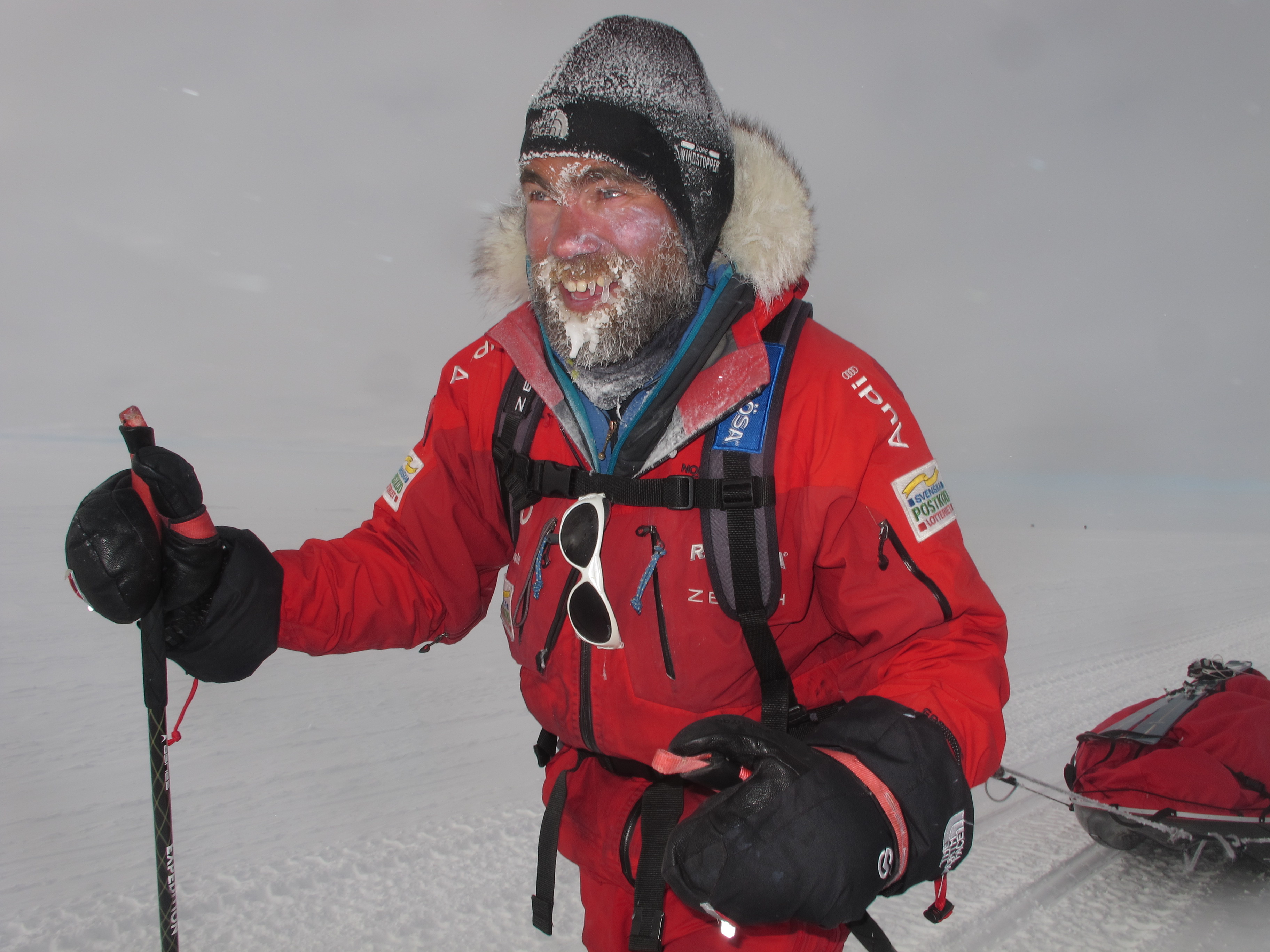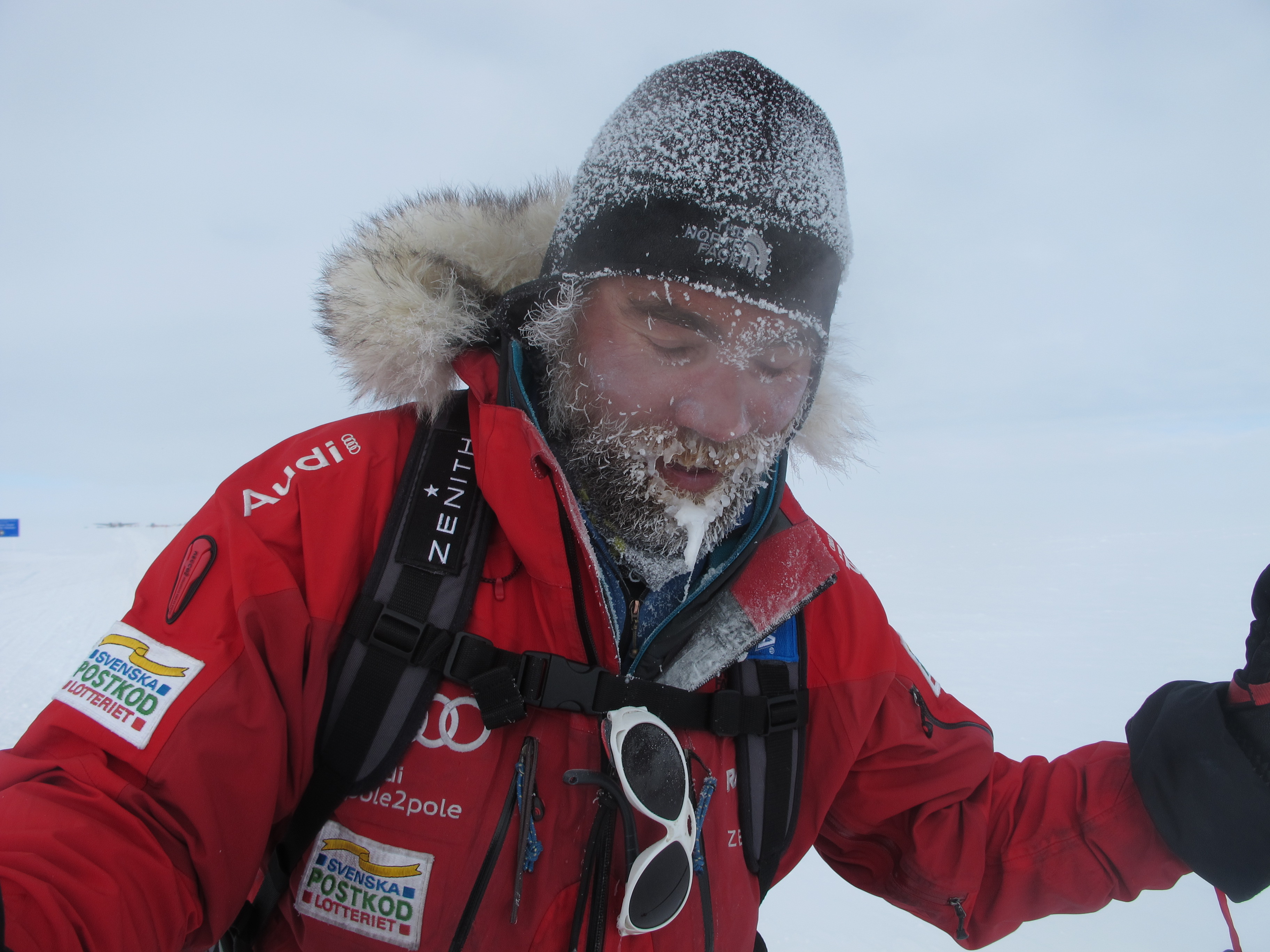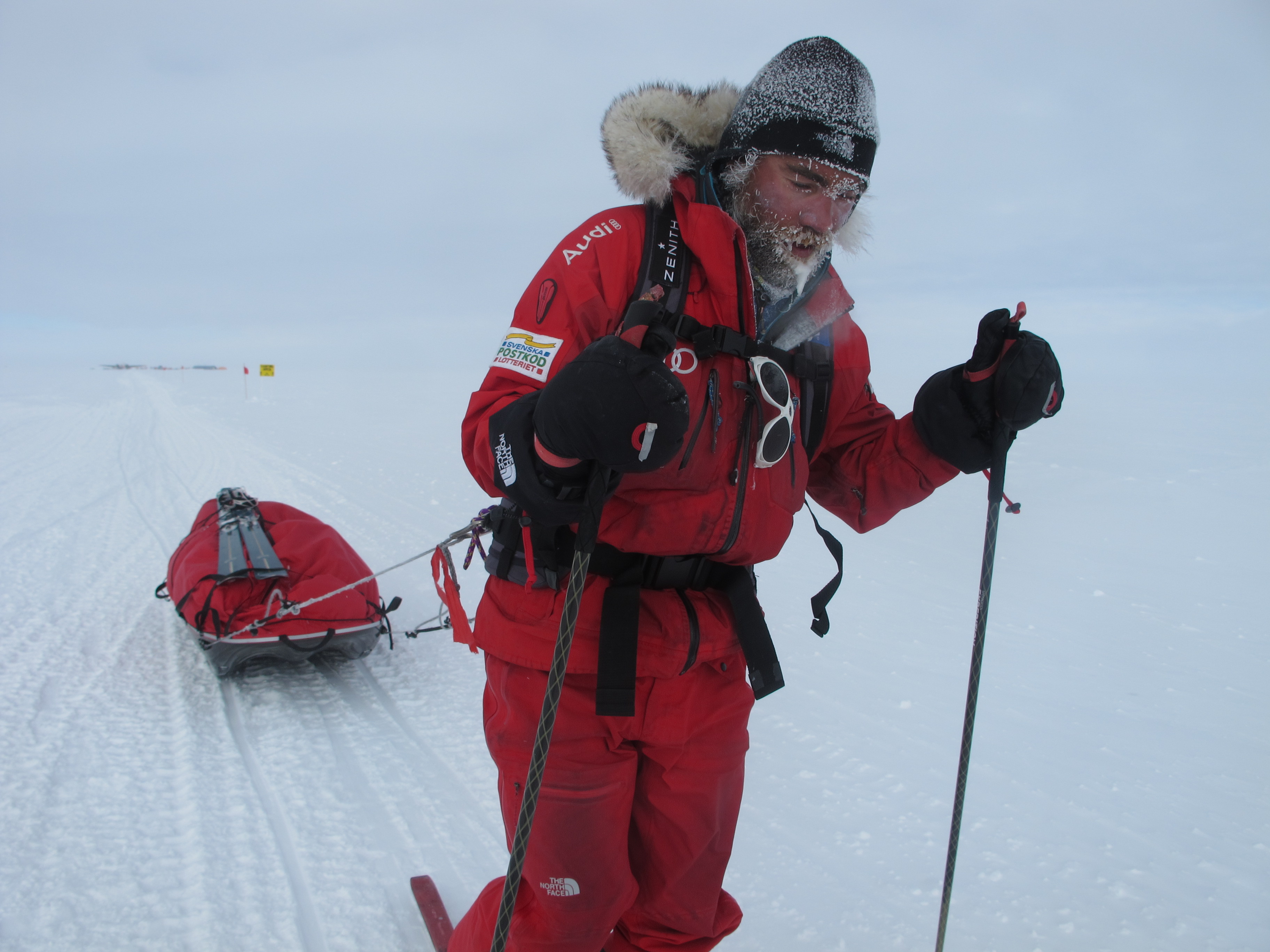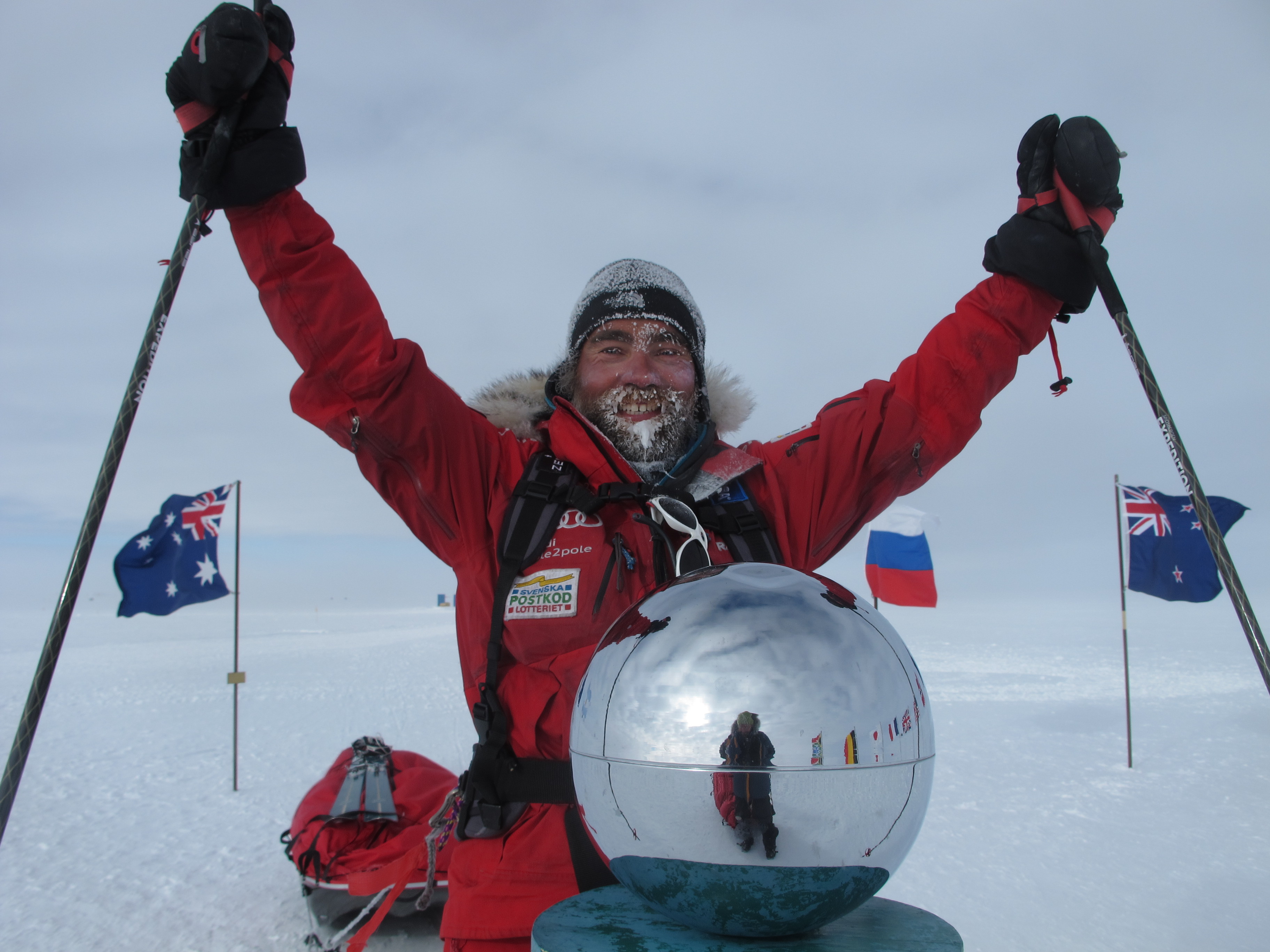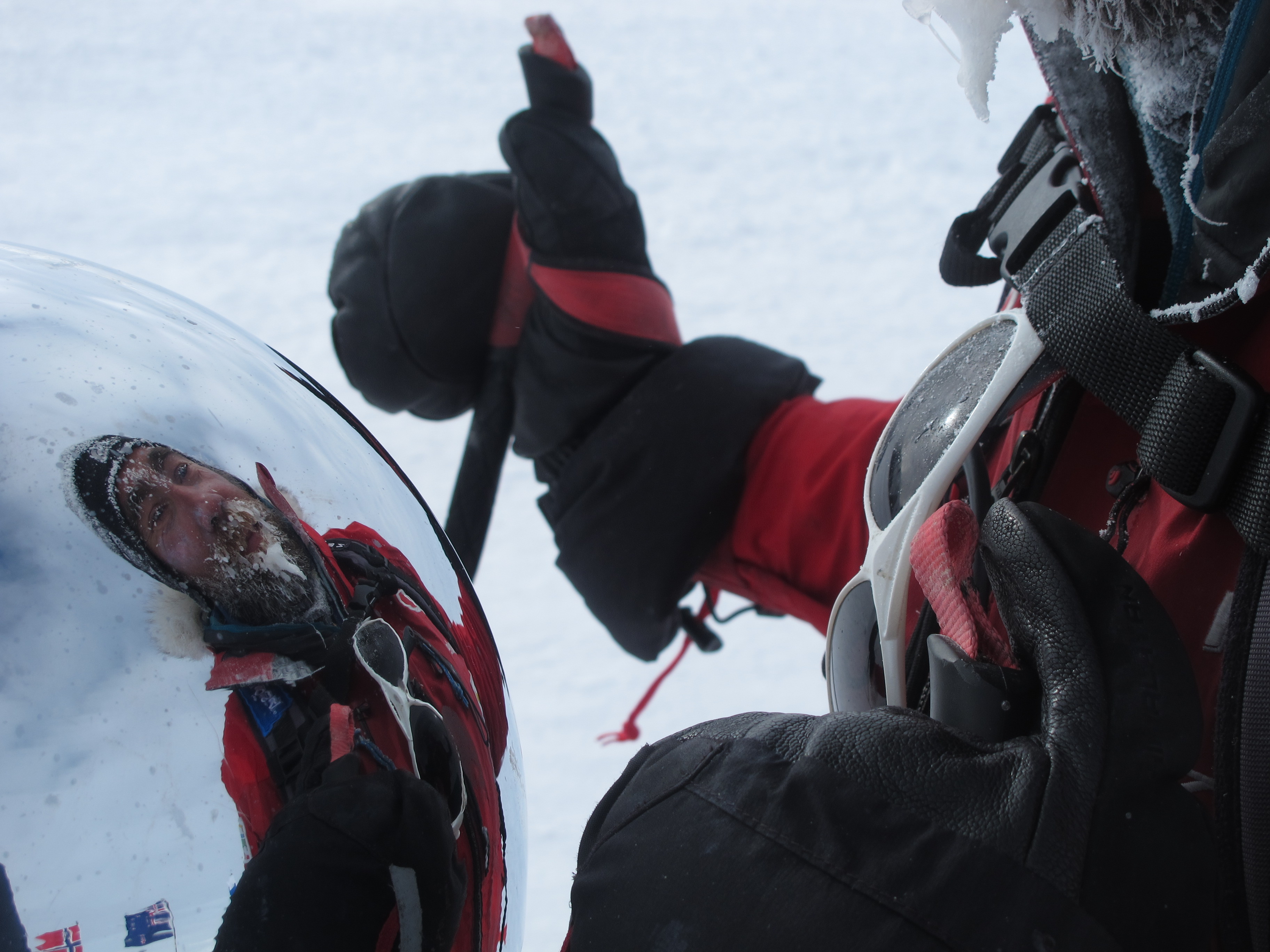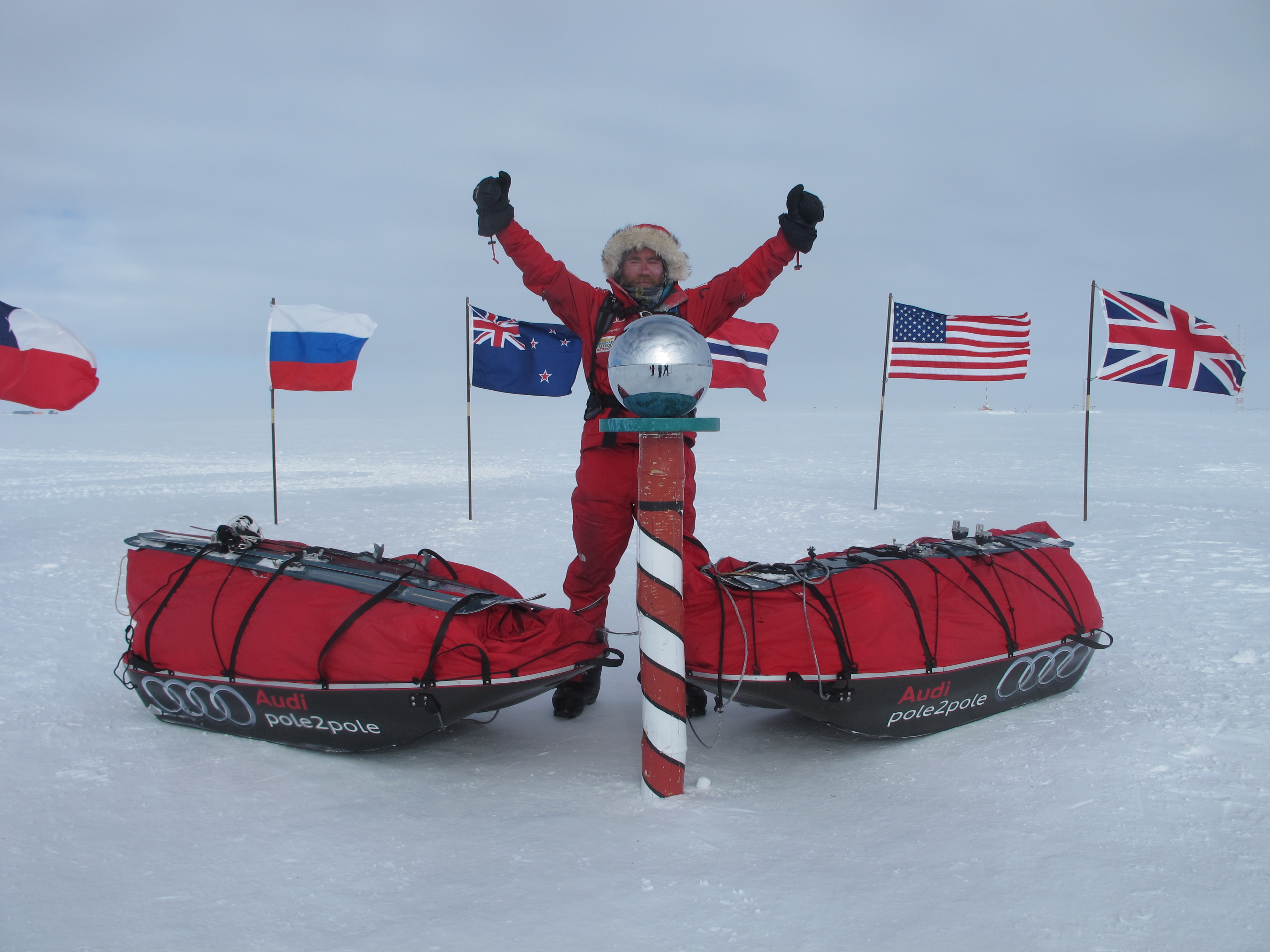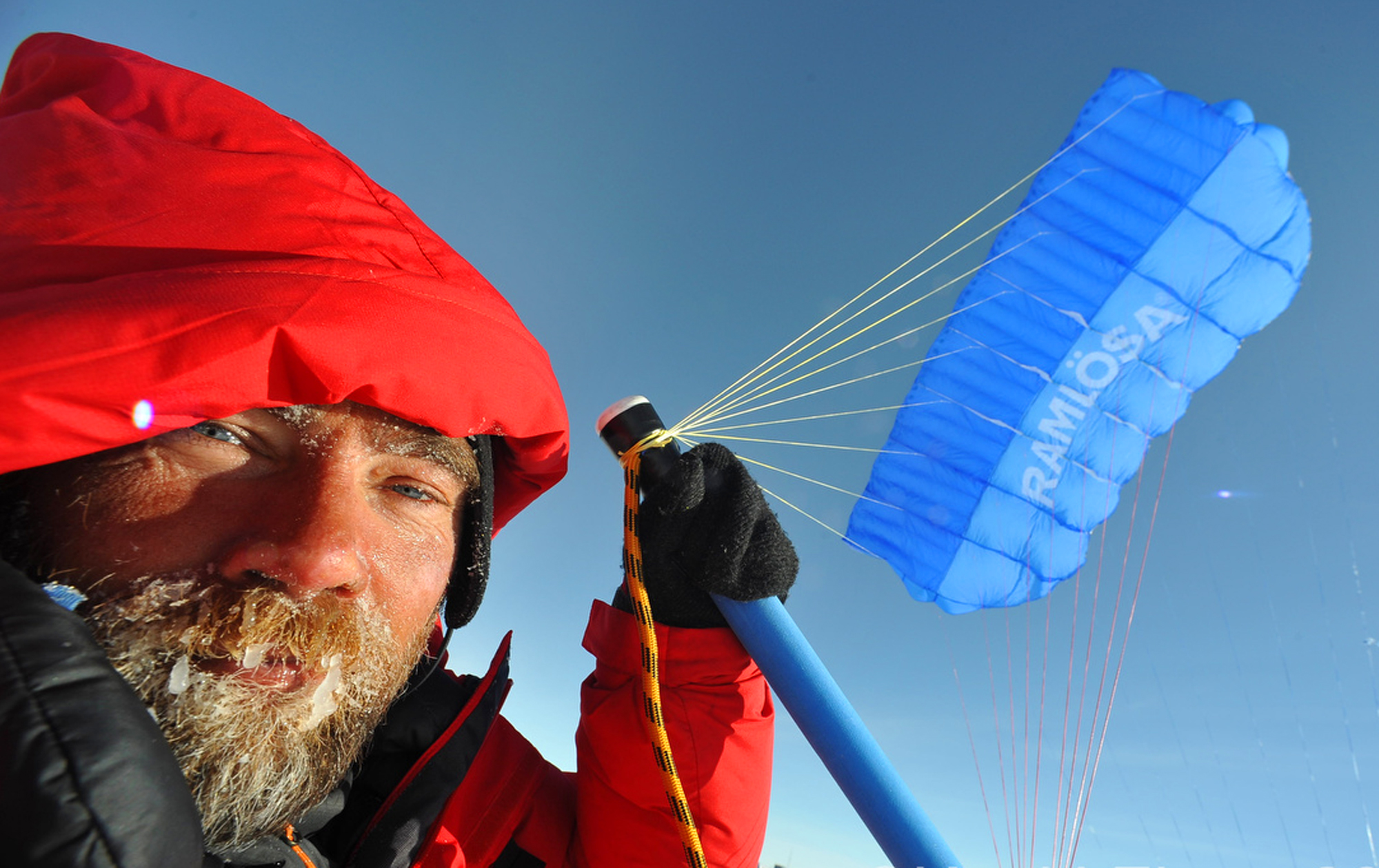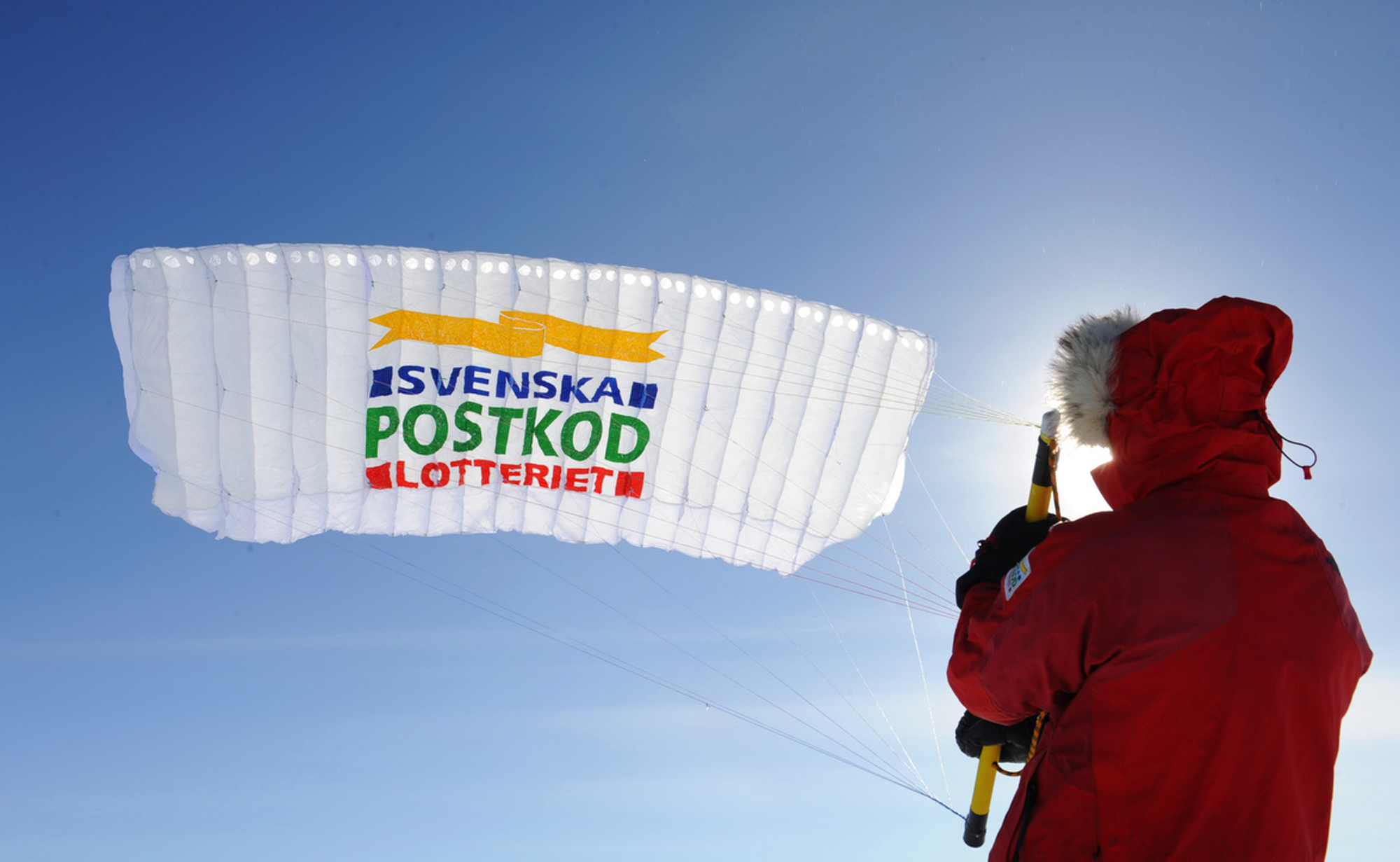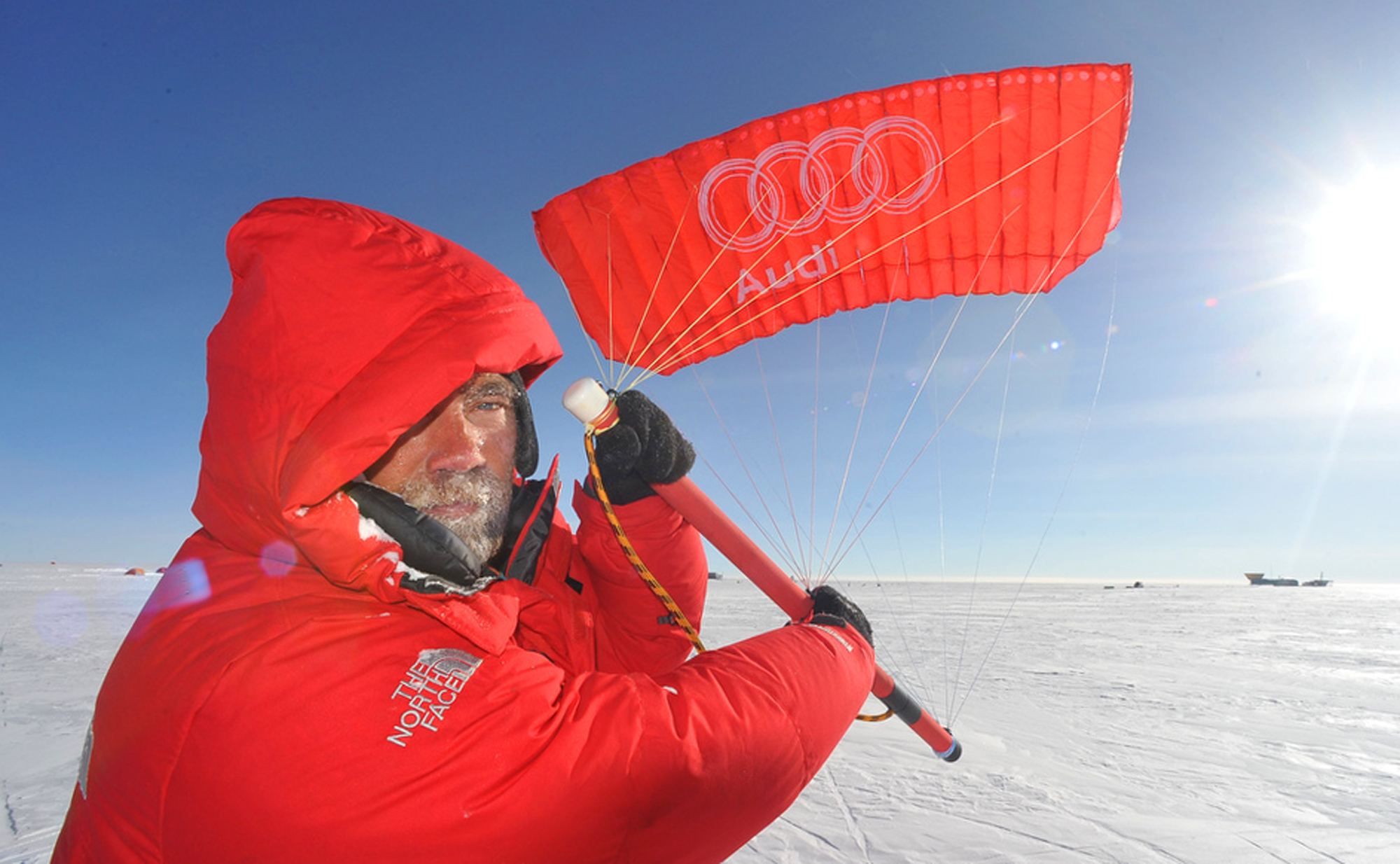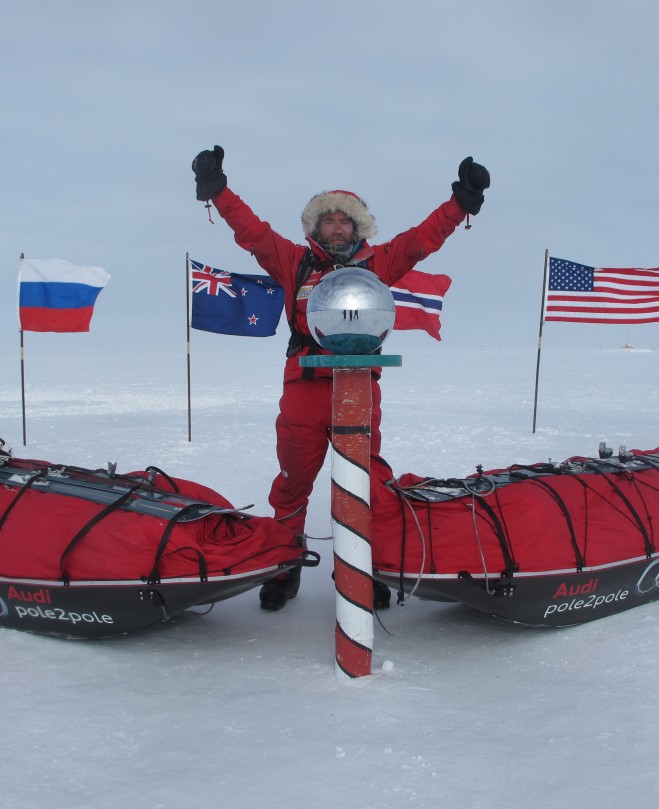
After many months of traveling with ski, bike, sail and swimming I was finally in South America and started to plan for Antarctica. I had been trough hell with problems all over my back, but to every problem is a solution and I decided that all the problems in the world was not going to stop me. Somewhere in the northern part of South America I got reports from BBC, CNN and specialists in polar weather conditions that the biggest crack ever meassured had been found in Antarctica (film clip or report). If this was going to block my way was not really clear. If these was a way around it was not really clear either, people don’t really travel around in the area a lot. So what if a sailboat lets me and my partner Harald off on the ice and then we get stuck? How do we get out? How do we survive? There was a lot of questions but not so many answers. I also got the information that big ice bergs was floating around outside Antarctica. One was a large as Berlin, but those are easy to spot. The biggest problems are the small ones that can sink a ship in a minute. The captain I was talking to didn’t want to cross at that time to that area because of safety and insurance problems. So my only solution was to get a lift with a military plane packed with scientists and then ski 2400 km from the coast line on the other side of Antarctica, in Dronning Maud land close to the Russian base Novo. Close to departure my partner Harald broke his shoulder and I was in the middle of a very difficult situation; quite or continue?
“My dentist is free. He is good at skiing and kite”, Harald said and a few weeks later we were in Antarctica, me and Haralds dentist. So there I was. Ready to ski in the worst possible conditions over the most hostile place on Earth with a guy I had just met. Fortunately we got along well and there were no bigger arguments. After only two days on kite Knut got a hole in his fuel bottle and lost a week of fuel and destroyed a week of food. It could have happened to anybody, but now it happened to Knut and those things effect the situation out on the ice. Since we started to ski at sea level we had to ski uphill for 17 days until we reached about 3500 meters where the winds were stronger. Dragging a 120 kilo sled uphill with my wounded knee it was a challenge. After a few weeks we got into one of the worst storms I had ever experienced. 40 m/s for 4 days in the tent was scary for both of us. If the tent would have broke we would not have survived so we had to go out and check the tent frequently. A few weeks later the kite lift me up in the air and trough me down on the blue ice. One of my ribs broke and another one was injured. Kiting became harder and harder since the harness pushes the ribs hard. Knuts toes started to freeze and we had to make more frequent stops. Mine started as well and I did not have any feeling in my toes for almost two weeks.
Before starting an expedition you plan for extra days and you bring extra supply for emergency. The food that was lost in the beginning was our back up. We only had 10 days of back up and with the lost fuel and the 4 day storm there was no more time. We had to move. The winds dropped and we were running out of time. Knut was faster with his kite since his ribs were ok and I was faster with the snow sail so sometimes I took more weight from him so he could keep up with me and sometimes he had to drag me in my hands so the harness did not press the broken rib. The last stretch we had to work as a team to be able to make it to South Pole in time.
Reaching South Pole was mind blowing. We reached the pole on the 18:th of January on the exact someday as Scott reached the pole 100 years earlier. Funny, since I started on the 6:th of April, the same day Robert Peary reached South Pole.
From Sea level to 3700 meter in Antarctica
38 m/s hurricane in Antarctica
